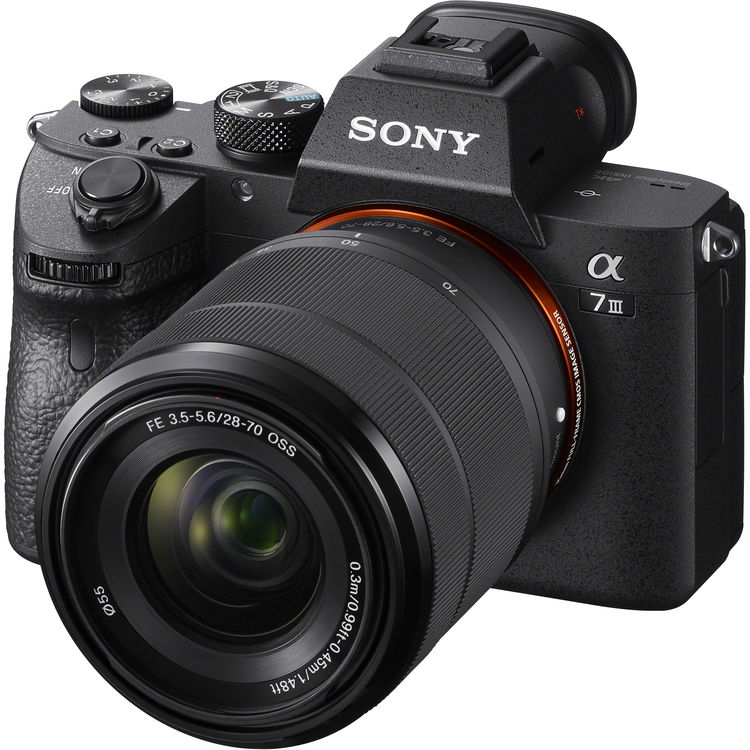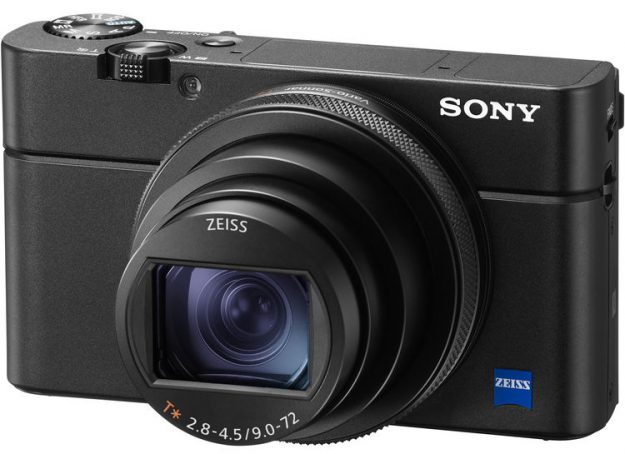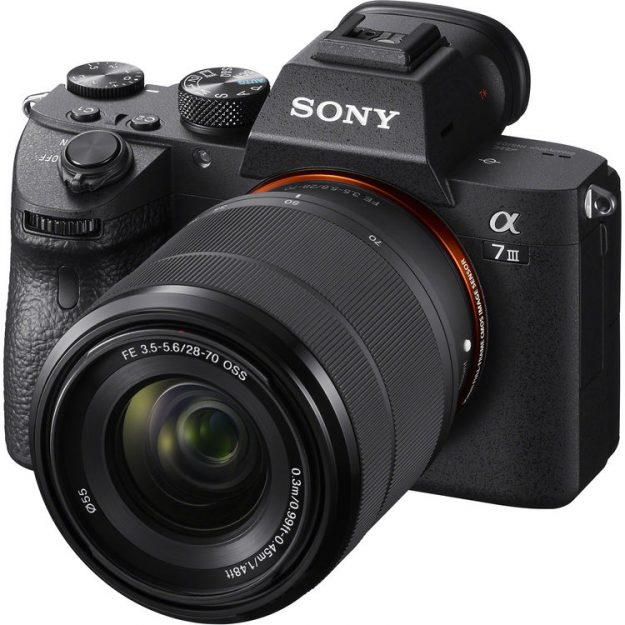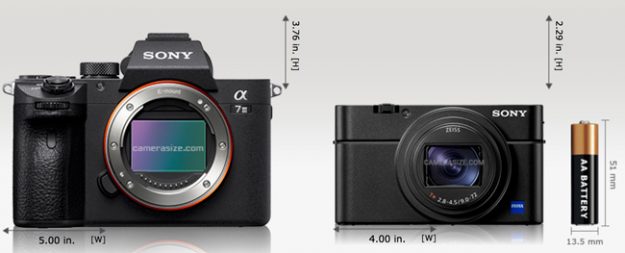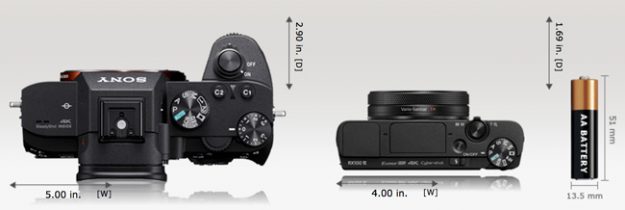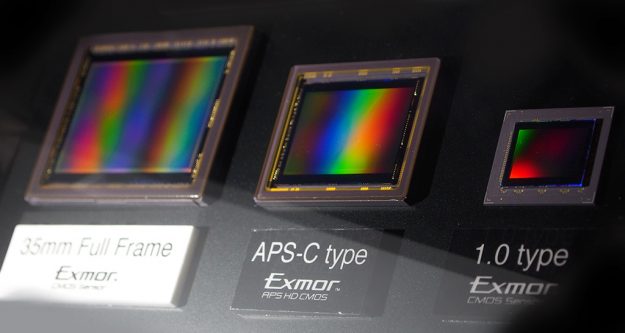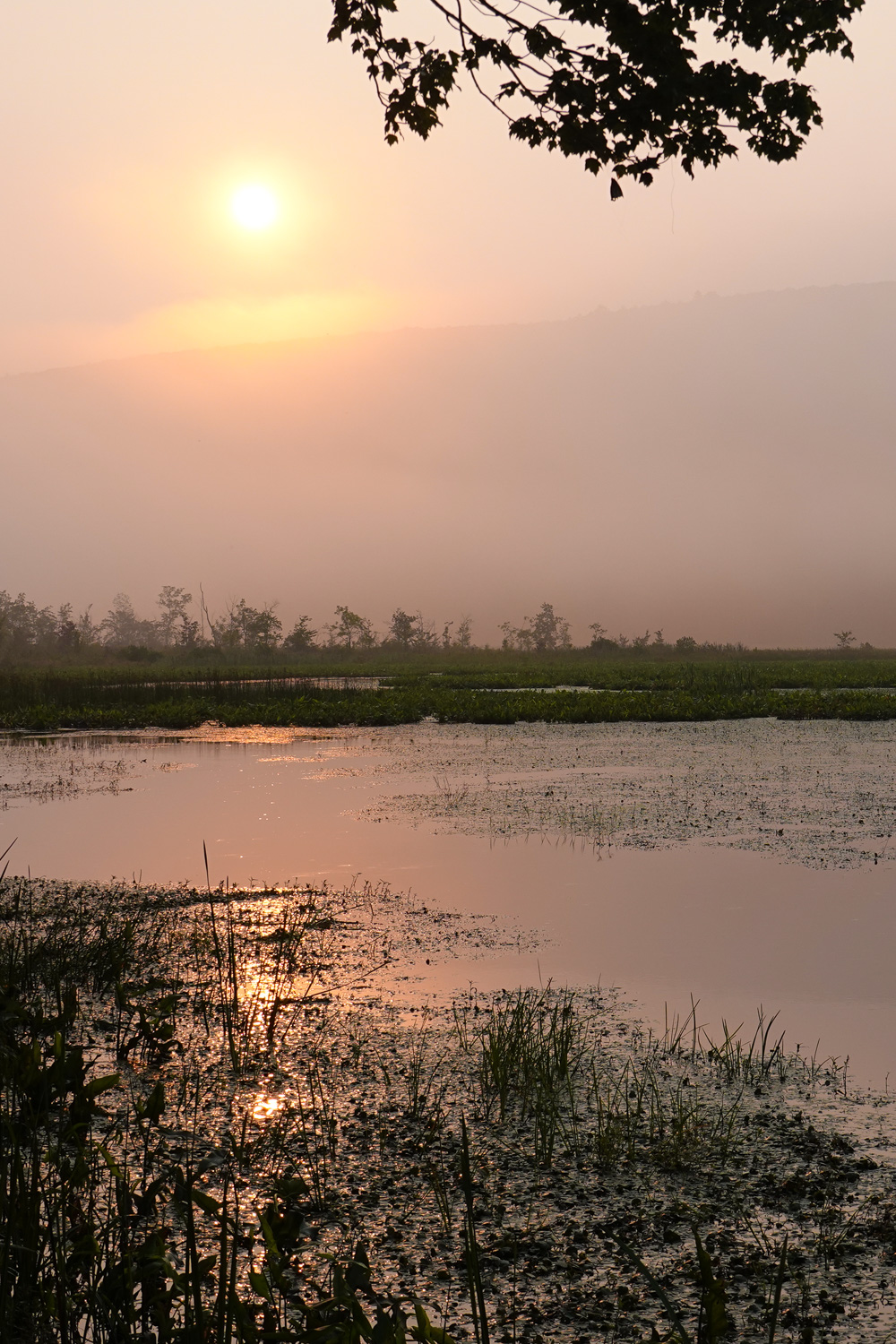Hello everybody! In this article I’m going to compare the latest Sony Full Frame Mirrorless A7 III vs the latest Ultra Compact Pro Power House RX100 VI.
You might be thinking, really Jay? Well, not so fast friends!!
Imagine you have the money to buy the A7 III w/ kit lens ($2198), and your thinking it’s the best possible option, you will use it all the time to great photos of your friends, family, going out hiking, biking, trips, and so fourth.
Well, the reality is most people new to photography and larger camera systems underestimate the burden of carrying such a camera around all the time. Fast forward a few weeks and the camera ends up sitting at home, because you’re afraid it might get damaged, stollen, or you just don’t want to physically carry it around. After all, it’s sort of heavy and gets in the way if not actually taking pictures…
I know many people in this situation! The intentions are all good, but the burden of hauling around the larger more expensive camera must be learned which usually takes a few weeks as the initial excitement and enthusiasm dies down… Then the reality of the larger camera purchase hits them like a ton of bricks. This is precisely why so many Pro photographers pick up a RX100 series camera for when they don’t want the large heavy camera burden, but still want a killer camera on hand….
Some people newer to photography are looking at the full frame cameras, because they want the best and they can afford it, but they may never even consider the ultra compact high quality cameras like the RX100 VI ($1198). They might actually be way happier in the long run, and get way more great shots like they were hoping for, with a more practical and much cheaper real world solution.
This article is to really help those folks in that situation, and to bring to light the huge advantages and image quality of the ultra compact cameras. Having almost zero burden when carrying around, you are so much more likely to actually bring it everywhere and use the camera regularly. Think about it! Yes, the full frame camera is better, but not if it’s at home….
In the real world results are what matters. If you want awesome results, but your not sure how much better the full frame A7 III quality is when compared to the 1″ sensor RX100 VI, then please keep on reading!!
The A7 III w/ FE 28-70mm f/3.5-5.6 OSS kit Lens is what I will be using for this test, because it’s the best bang for the buck currently available and is what most people in the proposed situation will be looking at I believe. The A7 III kit goes for $2198, so the price is significantly more than the RX100 VI, but you get the killer full frame sensor and ability to use a huge variety of lenses and other accessories like pro flash units, etc…
The RX100 VI goes for $1198 and is a all in one turn key solution to your photography and video needs. It has an amazing amount of features, built in flash, and awesome image quality that really is more than good enough for a lot of people.
Physically
Yeah, clearly the physical differences are huge!! Images Courtesy of Camerasize.com
The A7 III does not have a lens on for this image comparison, but you can clearly see the enormous size difference, even without the kit lens mounted… Imagine another 4 inch tube coming off the front of the A7 III. The RX100 VI on the other hand fits in your pocket, although a little tight with jeans depending on how snug they are fitting.
Weight
A7 III Kit = Approximately 2lbs vs Sony RX100 VI = 10.62oz
Here is a closer look at the actual sensor size differences courtesy of ephotozine: Full frame is all the way on the left just to be clear. APS-C is what is found in the Sony A6500 which is in between the 1″ and Full Frame.
Practicality
Do you want to carry around a camera that requires you to where a neck strap, or camera bag? Have you ever gone on a trip and carried a camera around in your hands the entire time? It can really suck! Especially if you have kids that need help with stuff or you want to play for example. You will end up having to put the camera down, or ask somebody else to hold it, pack it away in the bag etc… Well, this is what to expect with the Sony A7 III or any larger heavier camera system for that matter. Don’t get me wrong, this is not necessary a bad thing, it’s just part of the deal when using a larger camera system.
The ultra compact cameras like the Sony RX100 VI, can easily fit into your pocket. This allows for hands free interaction when out and about, with almost no negative. It does have a little weight to it, so you will feel it in your pocket, but for all intensive purposes, it’s a way better experience when compared to carrying a larger camera like the A7 III.
Versatility
The A7 III has by far more potential versatility, but at the cost of buying more lenses and other accessories like a flash unit. The Sony RX100 VI however, is an extremely versatile out of the box package with a built in flash, and serious 24-200mm effective range Zeiss badged lens. The RX100 VI can’t really be accessorized much other than a case, waterproof housing, and things like that.
So when comparing just the basic Sony A7 III w/ kit lens vs the RX100 VI, the RX100 VI wins the out of box versatility department.
If the ultimate versatility and all around quality is what you’re after, then the Sony A7 III is a no brainer!! Just look at all the available lenses you can get in my E-Mount Lens Guide Here >>
Performance
The Sony A7 III camera body is going to have a significant advantage in Auto Focus performance when it comes to high speed sports shooting in particular. Especially when equipped with a lens capable of keeping up with the speed of the focus tracking. However, with the 28-70mm kit lens the telephoto reach is limited, so the RX100 VI will actually have a significant range advantage here due to the awesome 24-200mm effective lens. You can zoom in from the side lines and get some really great coverage with such a lens.
Remember, this article is for those newer to this type of information, so this may be common knowledge to a lot of you…
The image quality results in the sports shooting area will be noticeable better on the A7 III when equipped with a G-Master 70-200mm f/2.8 lens for example, but at some serious shelling out of cash money. I was really just comparing the A7 III w/ kit lens vs the RX100 VI, but clearly you can upgrade the A7 III package to insane levels of performance and quality depending on the lenses and other accessories attached.
When it comes to frames per second, the RX10o VI can due 24fps with AF and AE (Auto Exposure) vs the A7 III which can only do 10fps with AF and AE. That is a pretty big deal, and when trying to capture a batter swinging at a ball for example, this can make the difference in getting the shot or not. Otherwise, 10fps is enough for pretty much anything.
With video, both cameras due a great job in the real world, but the RX100 VI offers High Frame Rate Mode which goes up to 960fps. This allows for incredible slow motion abilities that the A7 III just does not have although it can do 120p for some slow-motion, but not that jaw dropping slow-mo that 960fps, or 480fps yields.
As far as 4k video goes, the RX100 VI can only due 5min clips, which is a huge disadvantage when compared to the A7 III 29min clips. This is due to the ultra compact form factor and heat that is generated according to Sony.
As far as battery life, the A7 III destroys the RX100 VI. The A7 III can go almost all day with regular shooting, but you will need an extra battery for the RX100 VI for a days outing of active shooting.
Ergonomics
The size of your hands will influence the ergonomics a little, and these cameras are just so different in that department. As basic kits I think the A7 III is way easier to hold thanks to the grip and raised thumb rest. However, it’s much heavier than the RX100 VI.
To hold the RX100 VI, I have have to squeeze the camera with my thumb and fore finger, then curl my other fingers under the camera for support. It’s not that hard, but with larger hands it does feel a little awkward. I do love the viewfinder being all the way on the left though, so my nose does not crush into the screen, like on the A7 III. I really think Sony should consider a new model and move the viewfinder to the top left of the camera. I think it would be way better that way, and that design would also create more room on the right top side of the camera for buttons.
[divider]
Image Quality
Clearly the A7 III is going to have better image quality due to the huge sensor and killer depth of filed that can be obtained. However, how noticeable is this really? Especially if you have never used either camera? I think you will be absolutely amazed at how good the IQ is on the RX100 VI when compared to the A7 III w/ kit lens in particular.
The RX100 VI sample photos will tend to look a bit sharper then the A7 III. This is due to both the better Zeiss optic found on the RX100 VI, but also due to the depth of field differences thanks to the smaller sensor size. The field of sharpness is far larger than that of a full frame sensor, which is why the full frame camera can get those extra buttery out of focus areas in the foreground and background when compared to the RX100 VI. See images samples below for a visual reference to what I’m saying here… The Razor scooter photos shows this off quite clearly I think.
Low light
The A7 III is going to have a large advantage due to the huge full frame sensor, even when paired with a slower aperture kit lens than the RX100 VI. This goes for focus accuracy as well in such low light conditions.
The RX100 VI maxes out at ISO 12800, where the A7 III goes all the way to ISO 204800!! This is an enormous difference and you must take note of this. The huge A7 III 24mp sensor really shines in this area particularly..
Comparison Photos:
So I took a bunch of snapshots using each camera to try and illustrate just how good both cameras are, and in the real world at the end of the day, how much difference is there really to an untrained eye? Well, judge for yourself, and be sure to click on the photos for a larger version…
Also don’t forget, I was using the FE 28-70mm kit lens on the A7 III which has a way more limiting range than the effective 24-200mm lens found on the RX100 VI
Lab
First a quick Lab Test photo which mostly illustrates the depth of field differences due to sensor size. I took these photos in Jpeg quality mostly to compare actual colors and clarity output from each camera. Raw quality can yield better results on both cameras however, if you choose to process…
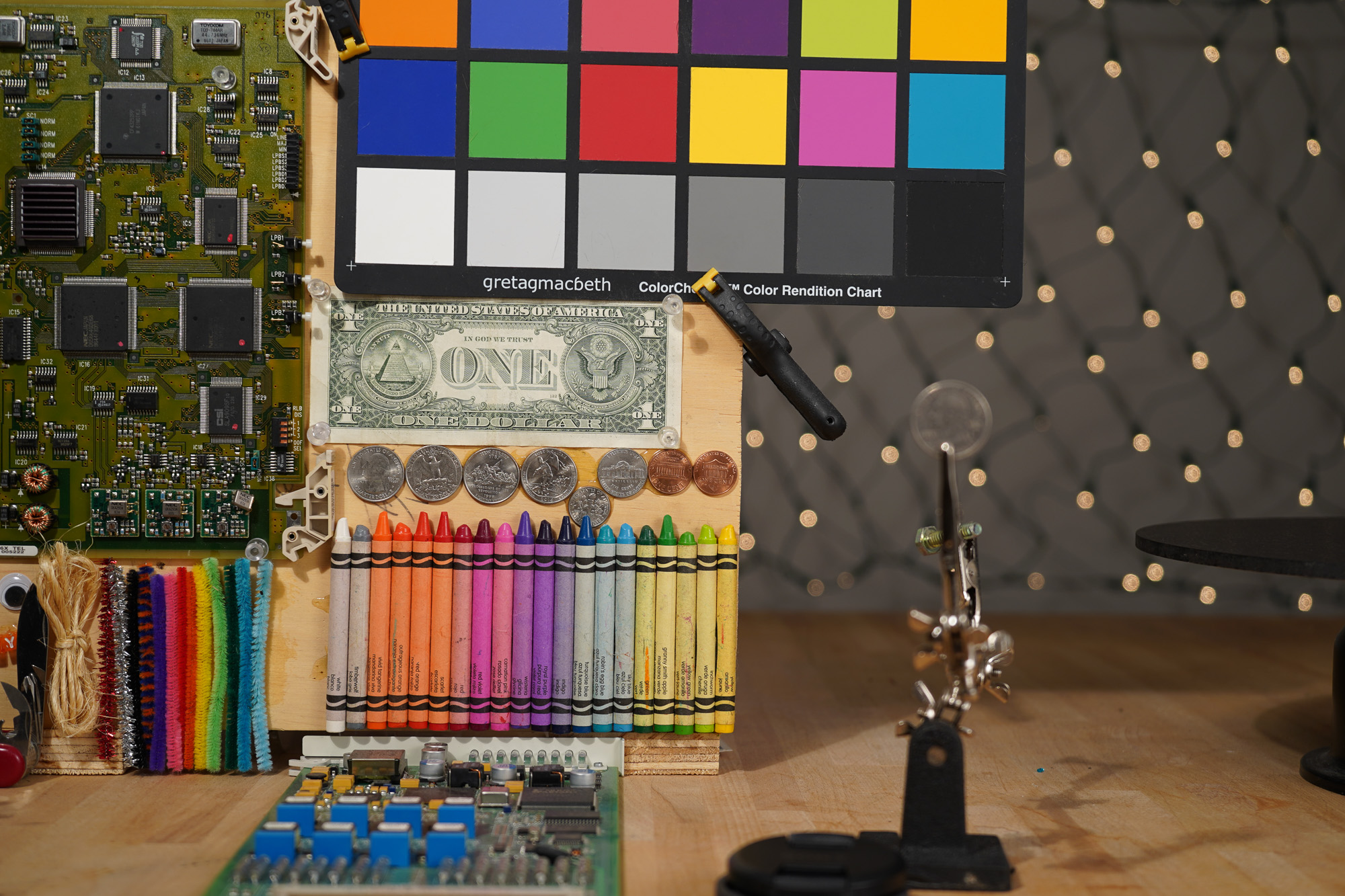
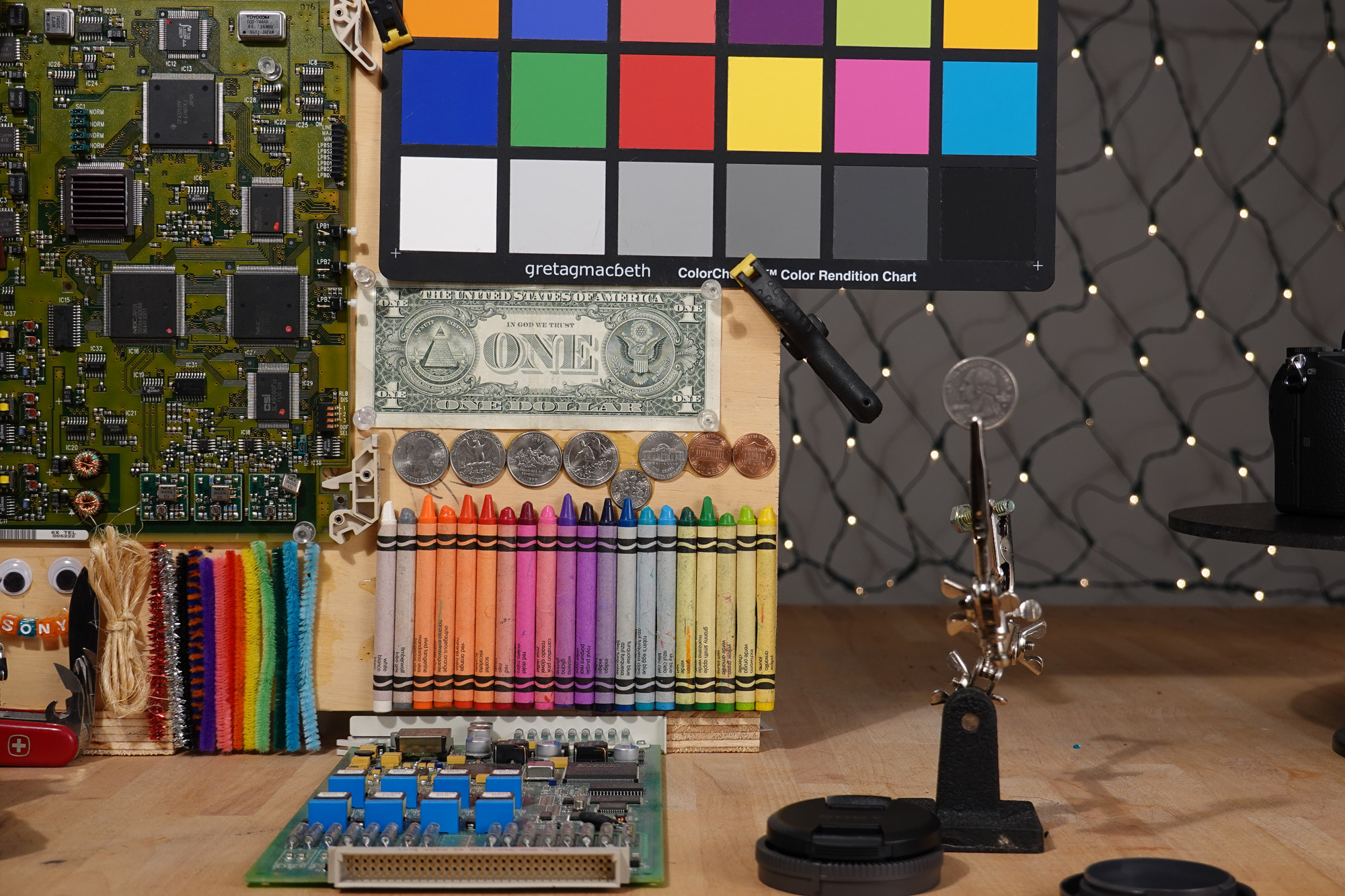
Another quick lab shot illustrating max zoom with each “kit”. Again, the A7 III can have so many other lenses attached this is not really fair, but this is just for the basic A7 III w/ kit lens vs RX100 VI.

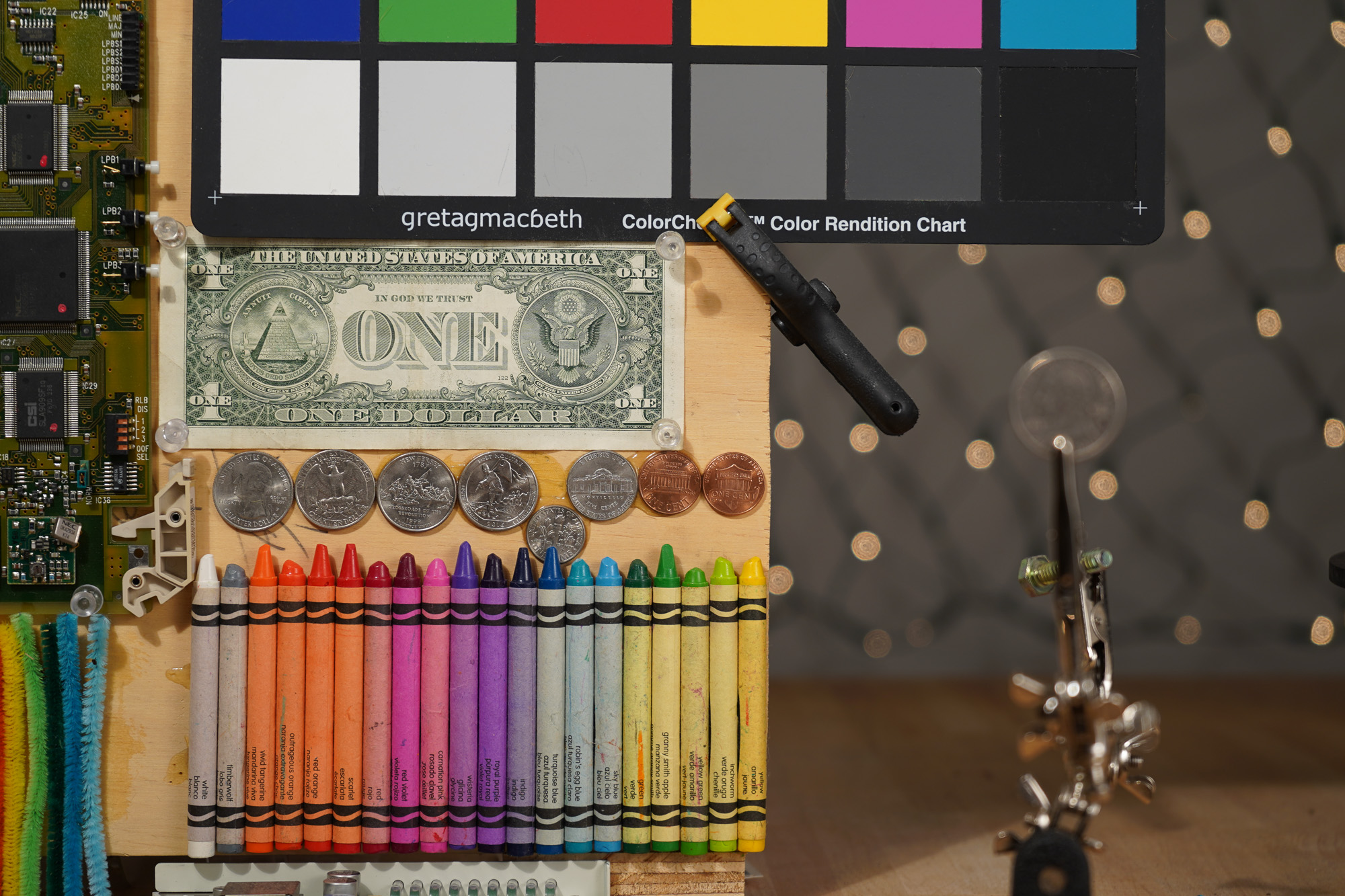
Minimum Focus Distance Test:
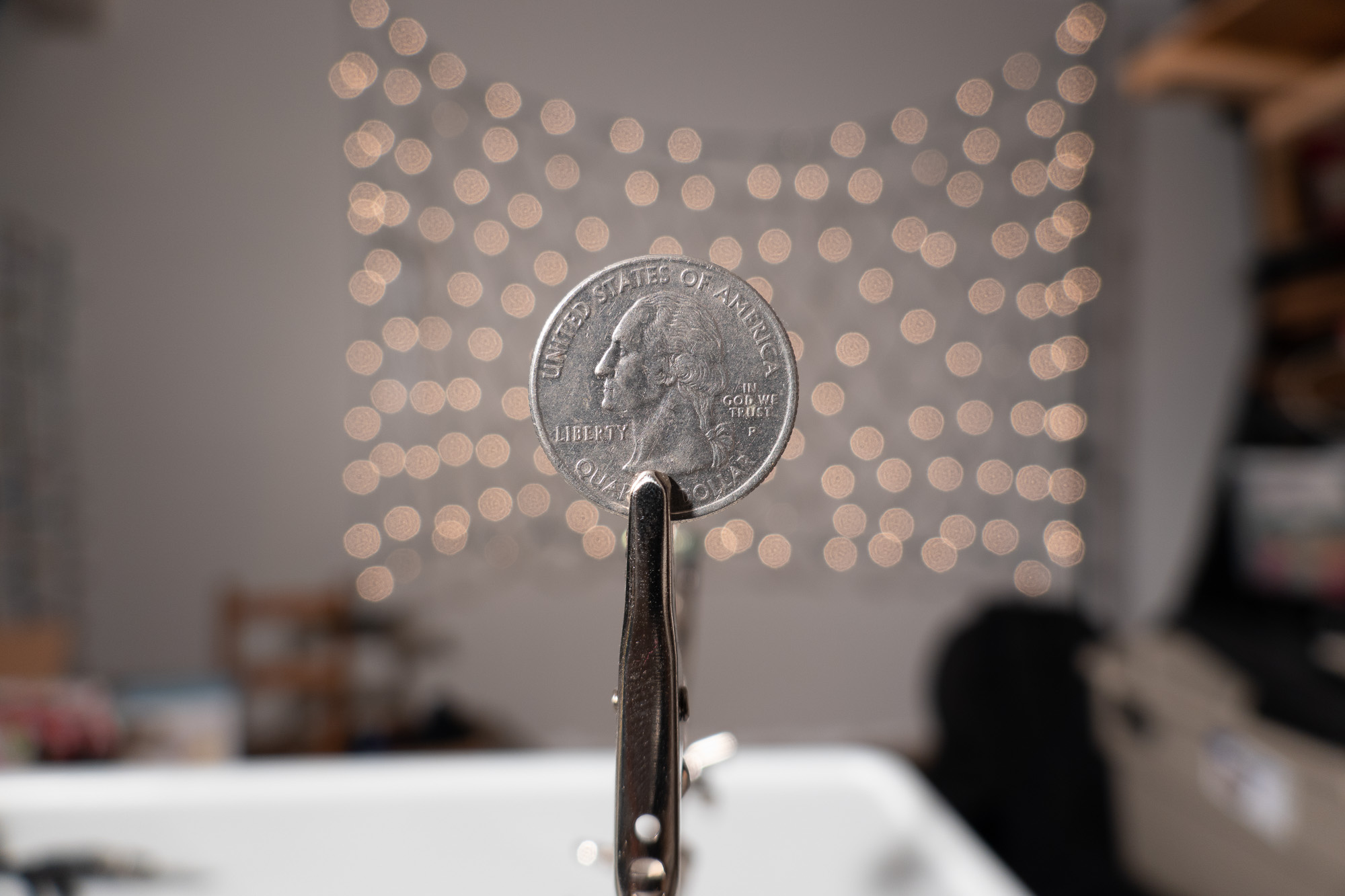

Real World Photos
Now lets look at some real world photos comparisons shall we! These next few are straight off the camera jpeg images encase you were wondering…. Unfortunately the lighting changed pretty drastically with the Jase photos.


More depth of field exploitation to help illustrate the sensor size differences in the real world.
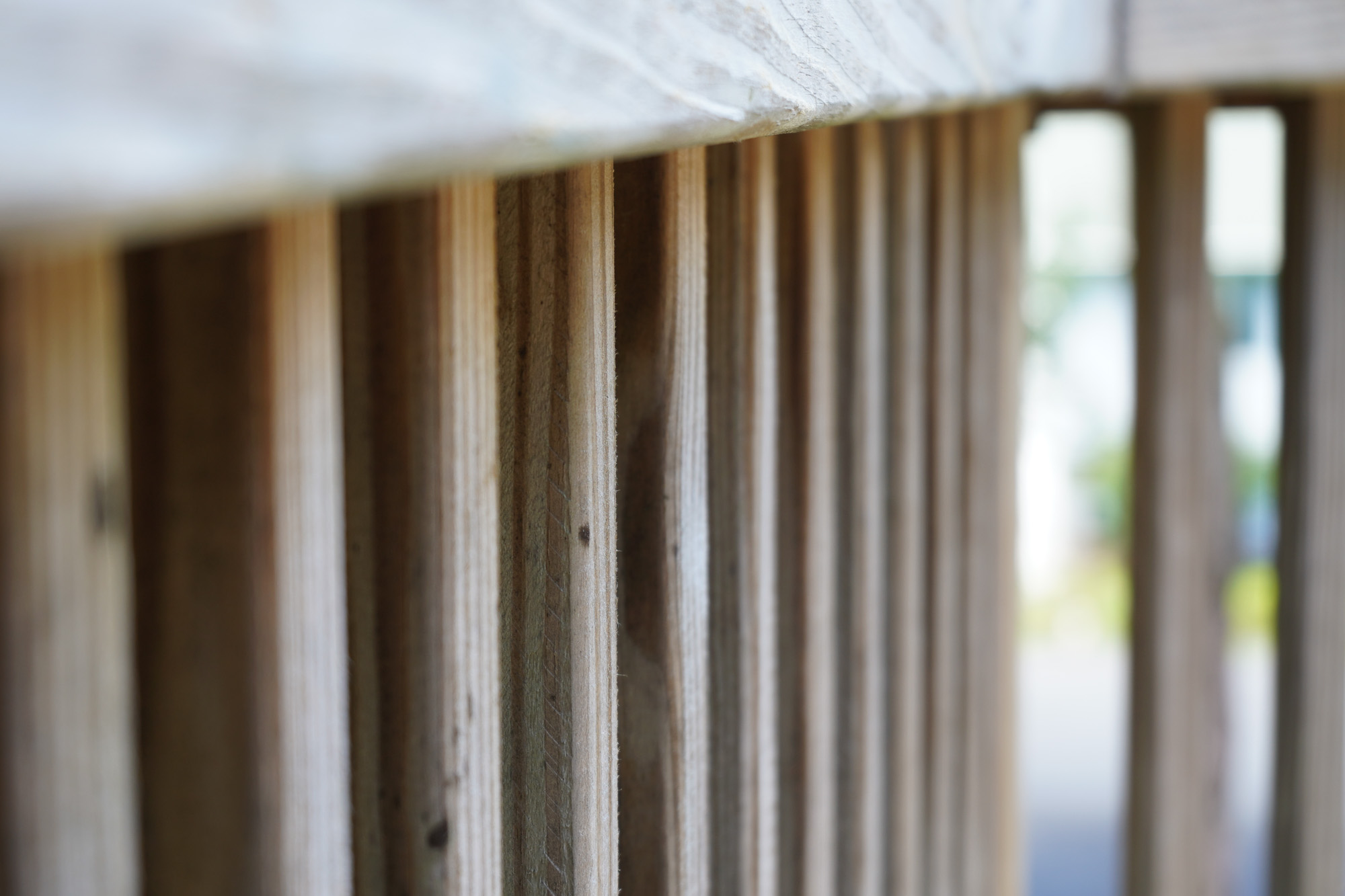
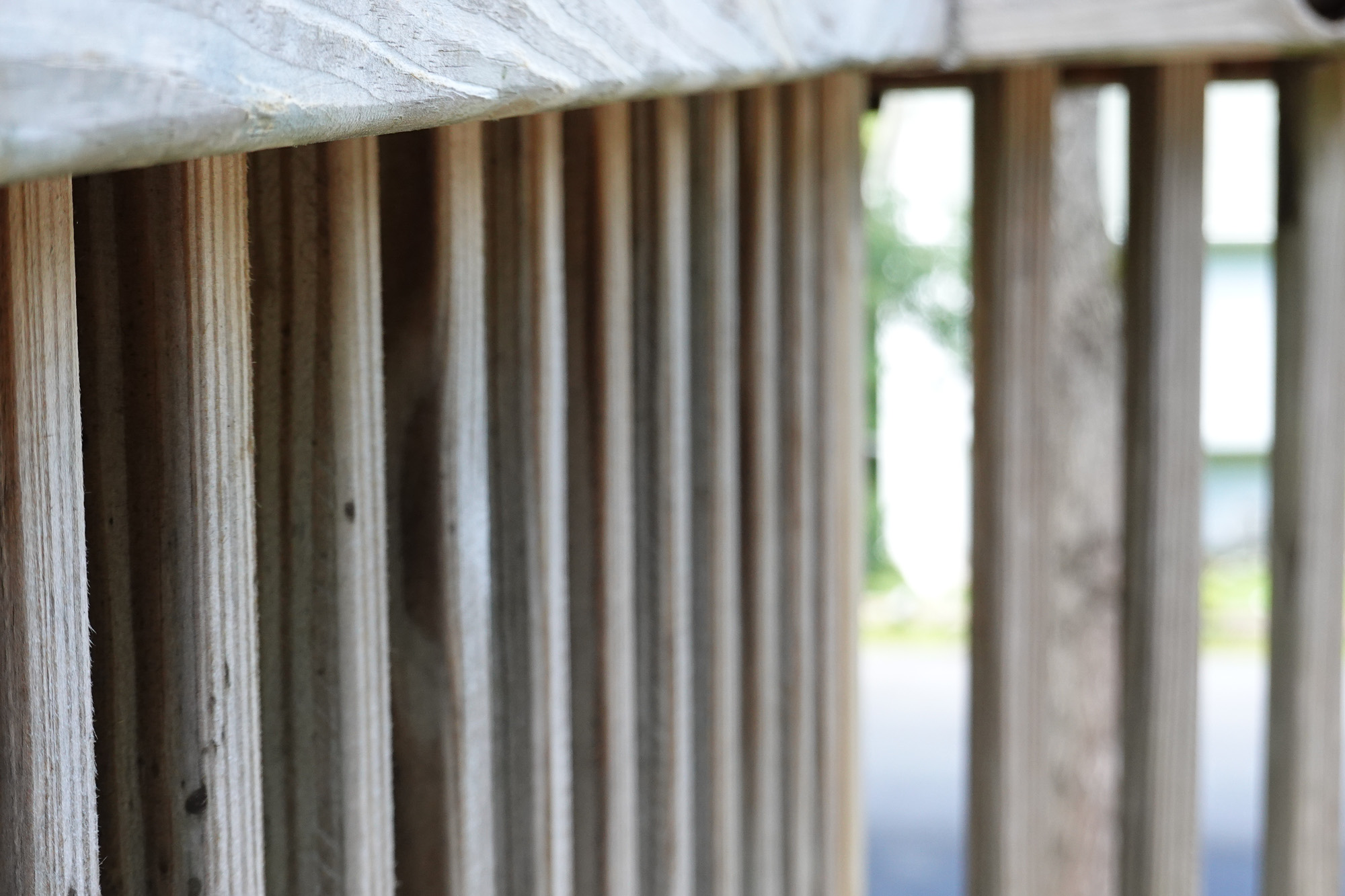
Again, Straight off the camera jpeg quality images untouched in Lightroom, but resized for web…
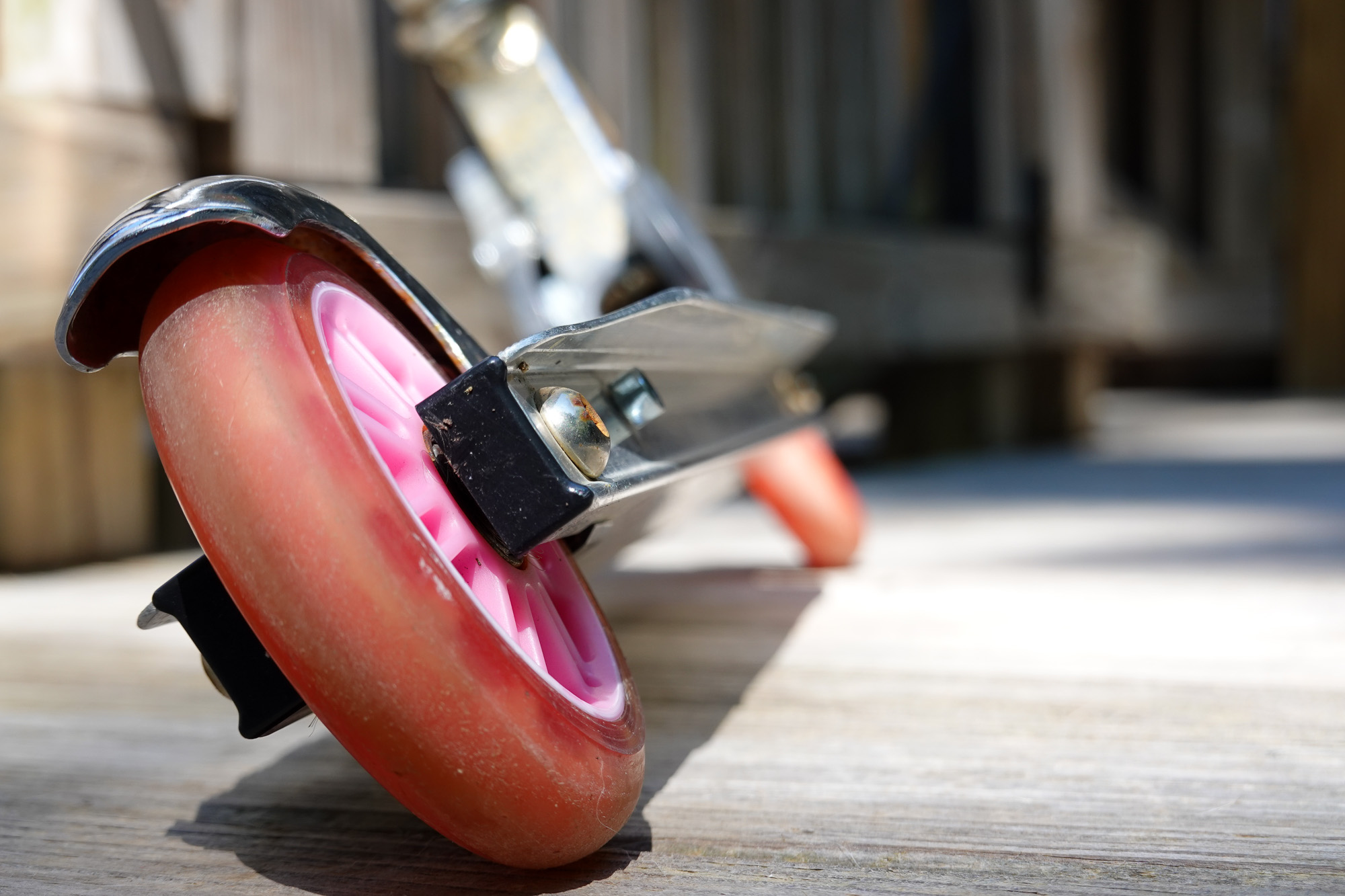
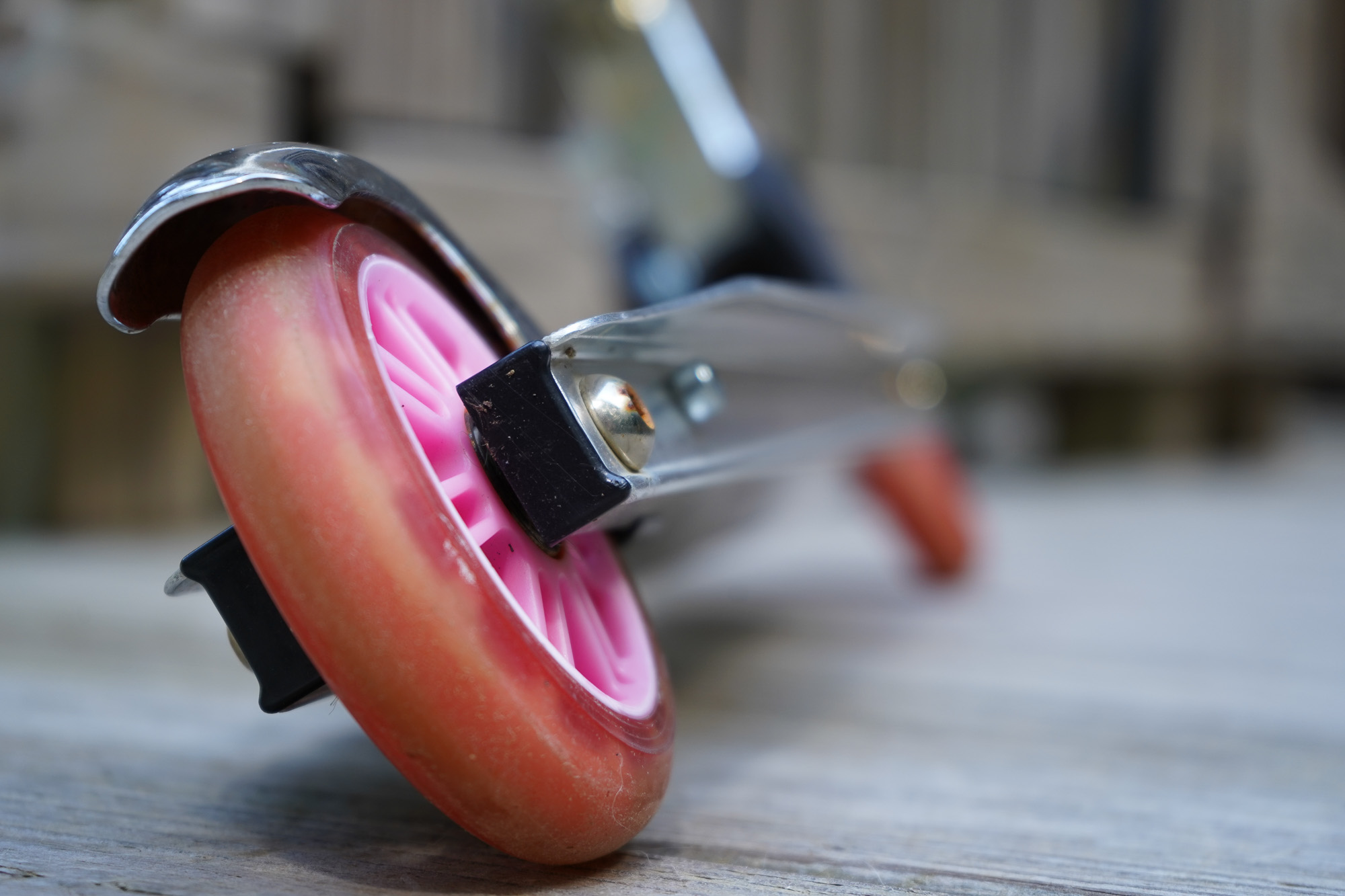
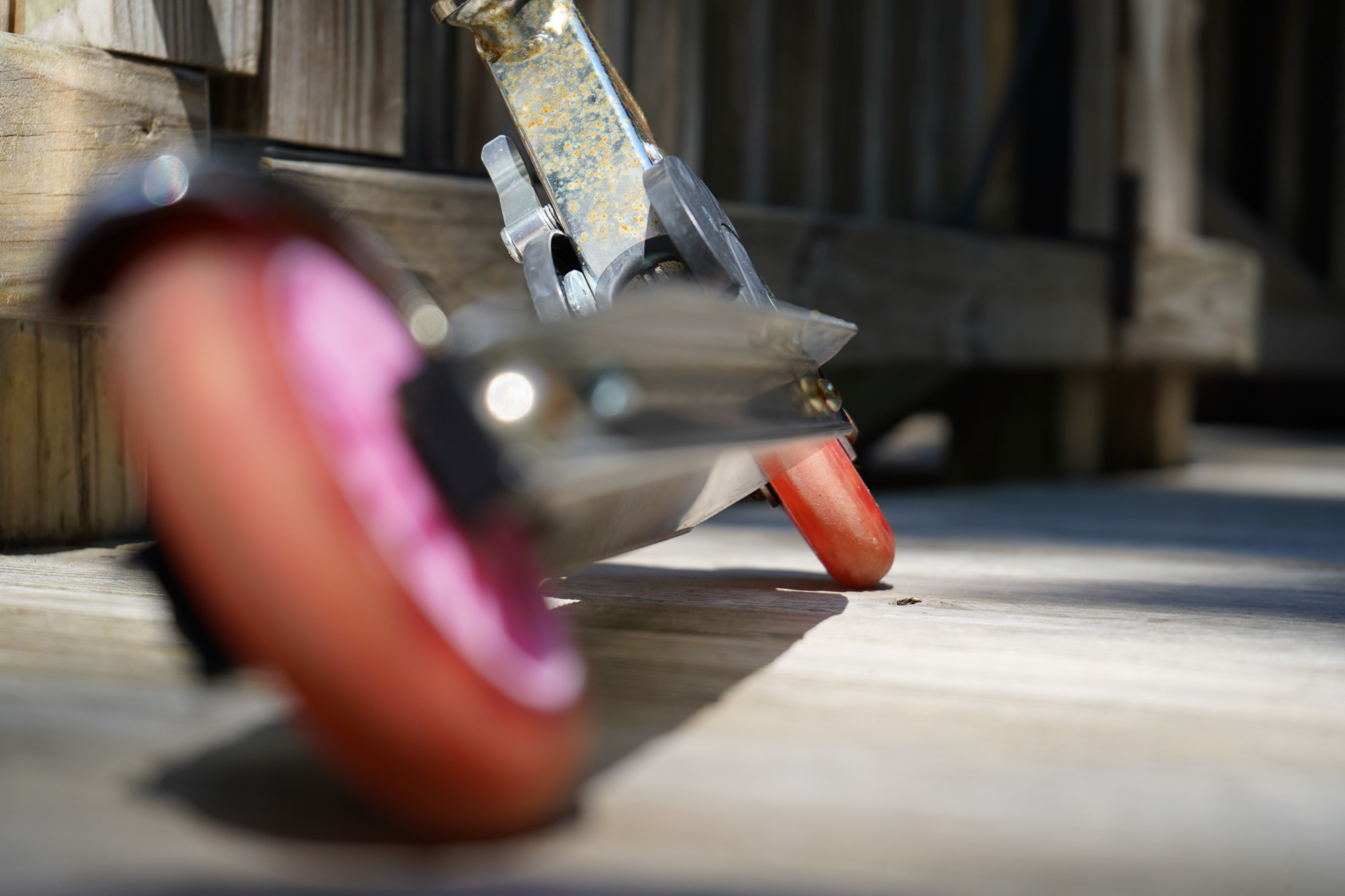
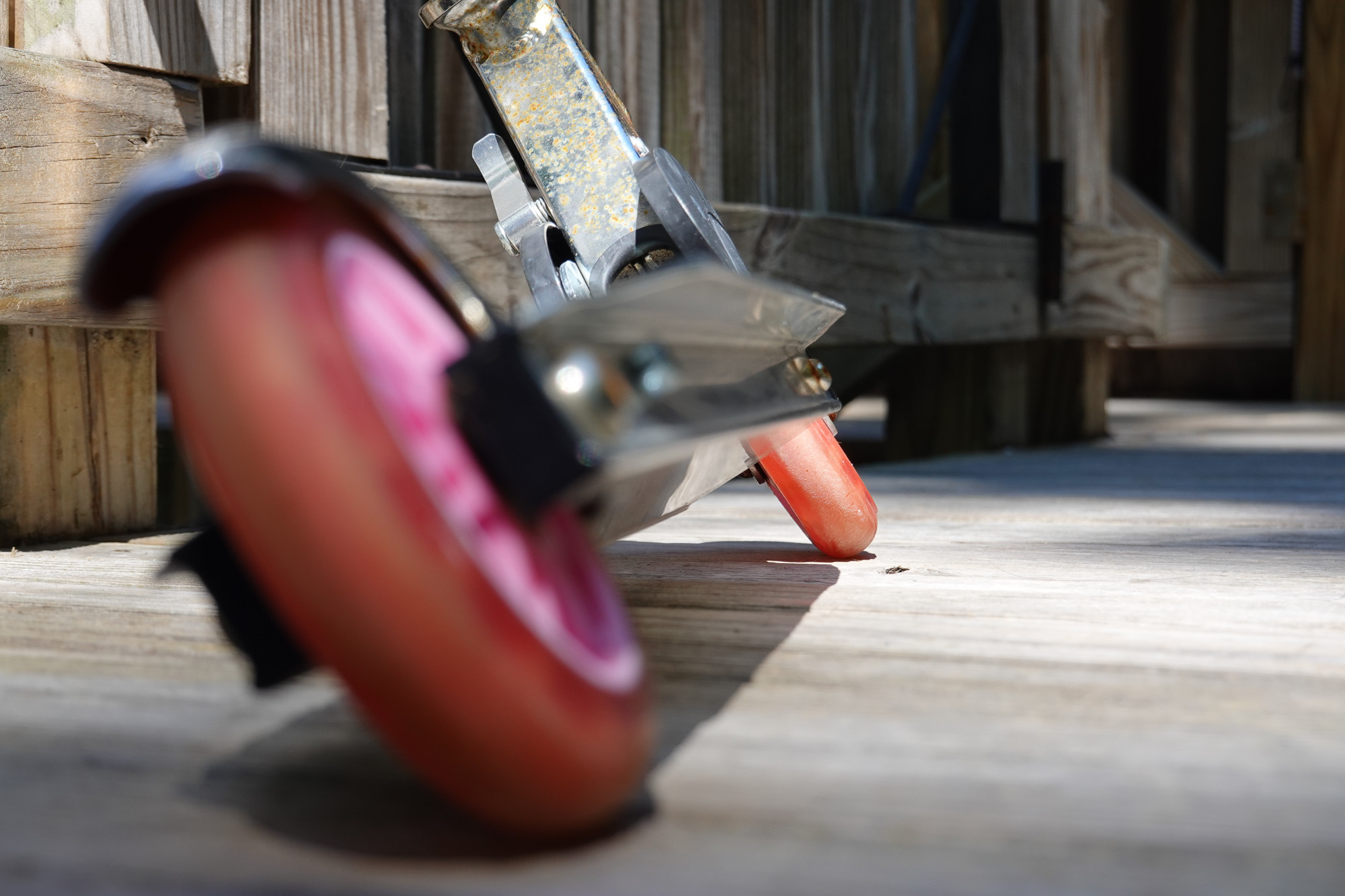
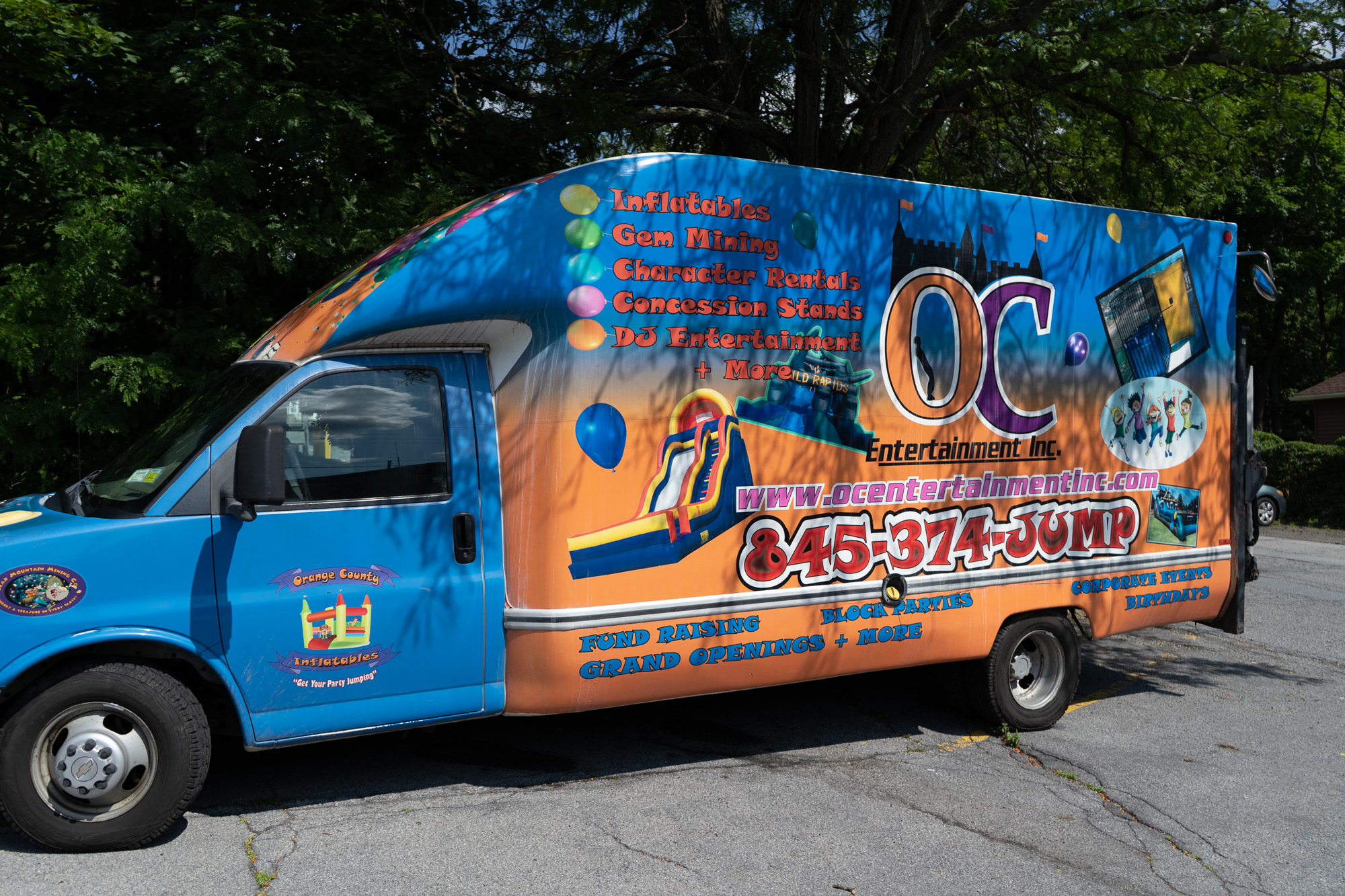

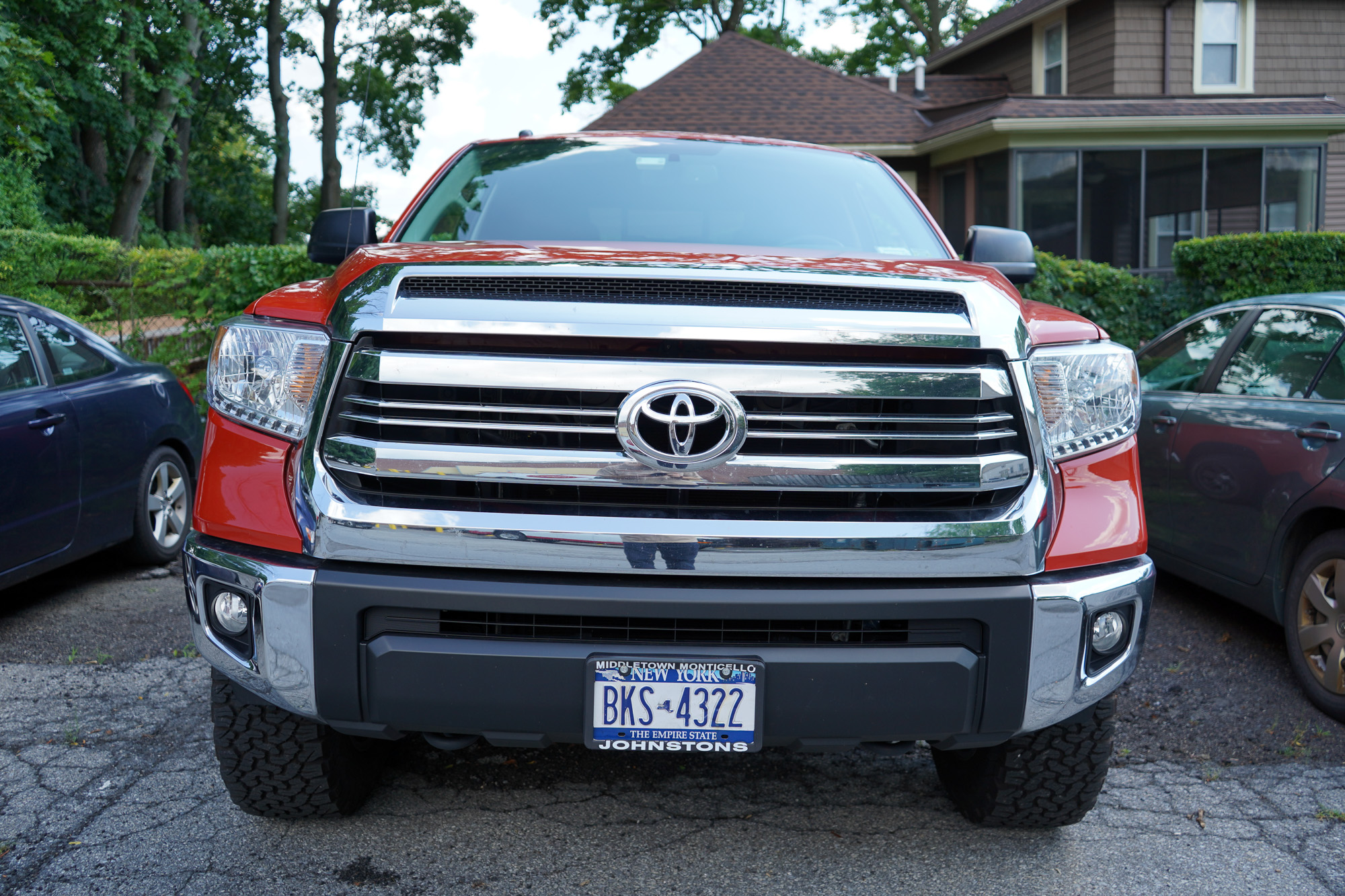
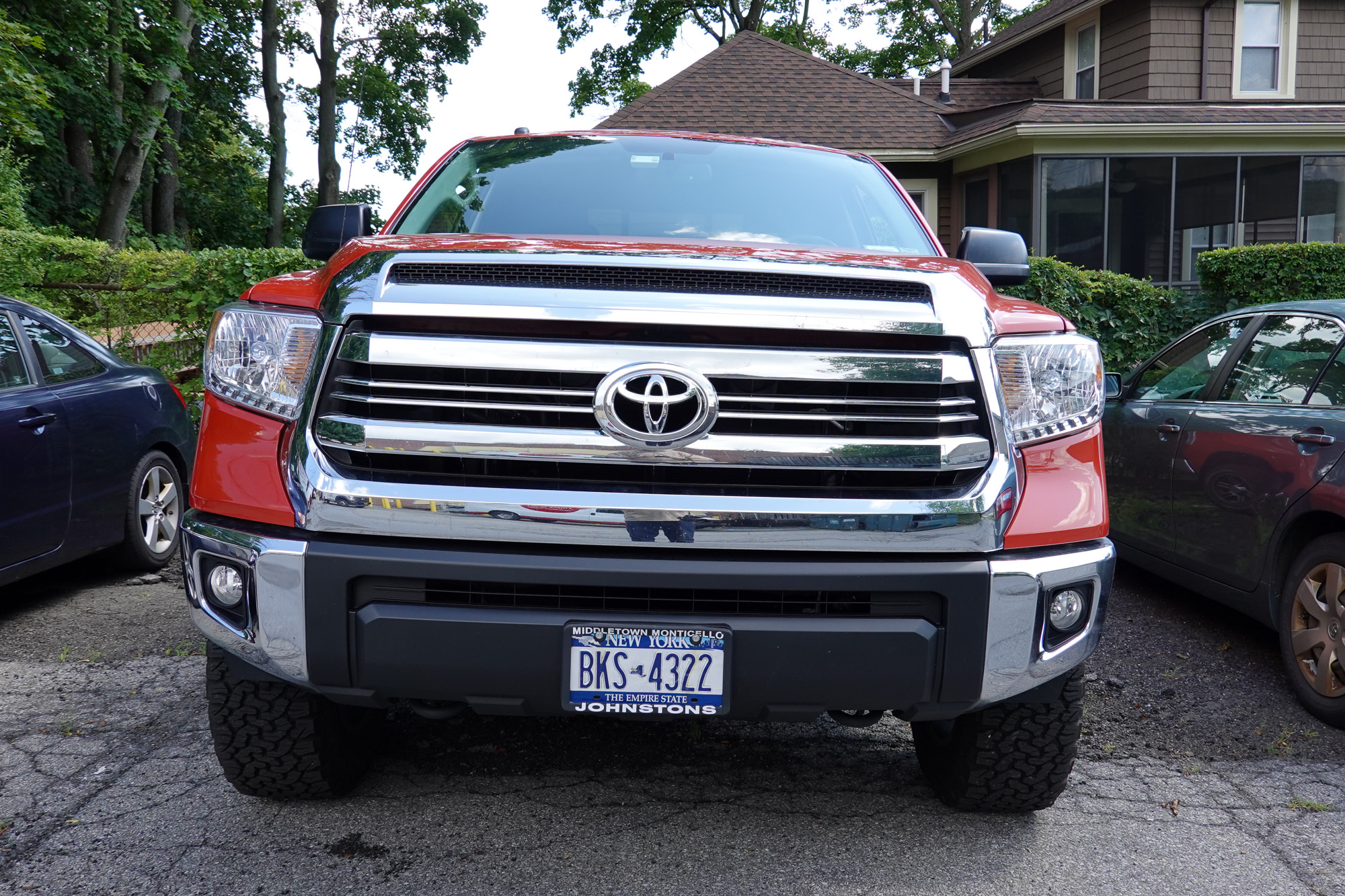
A Few Landscape style photos to compare:
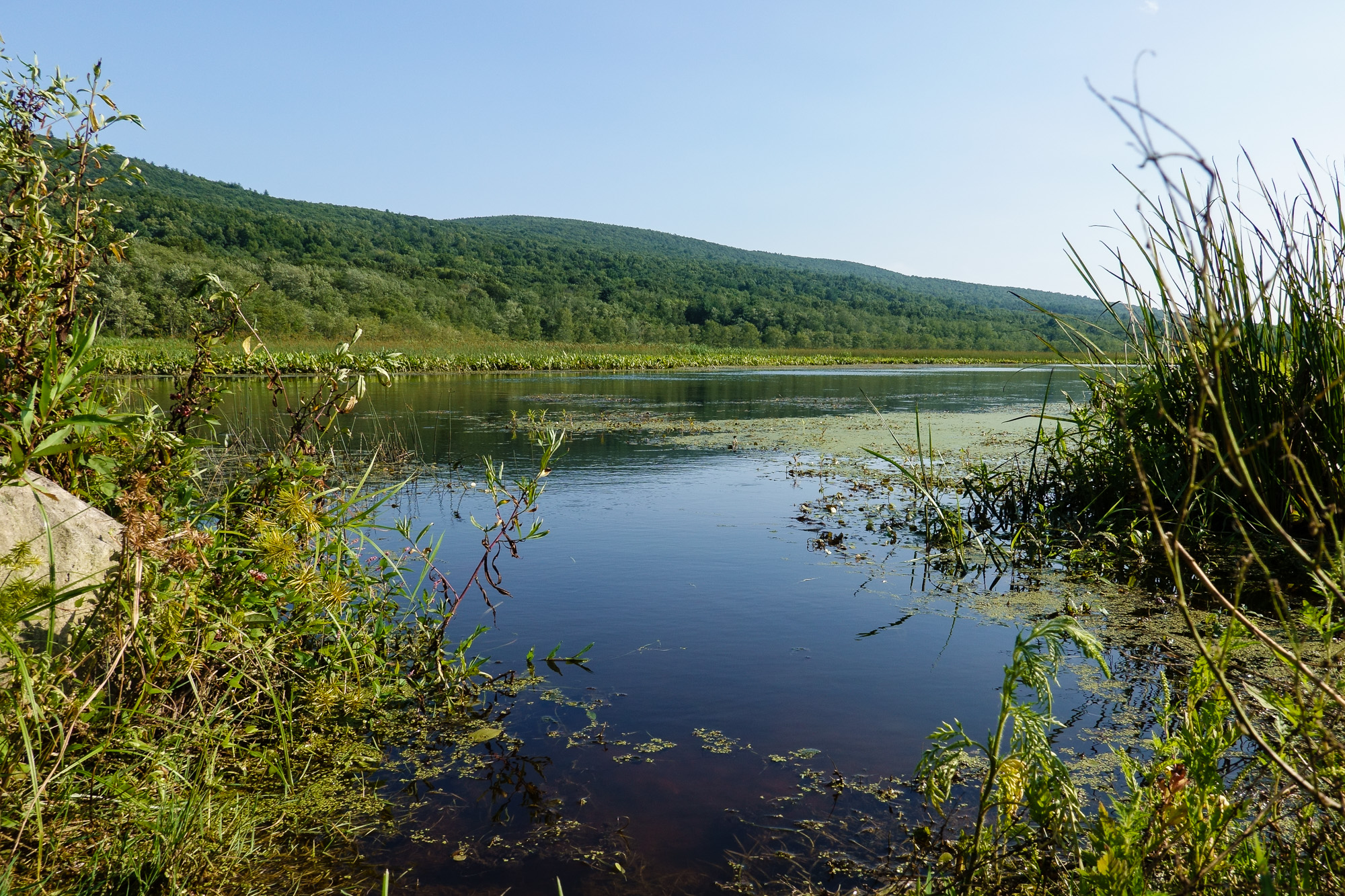
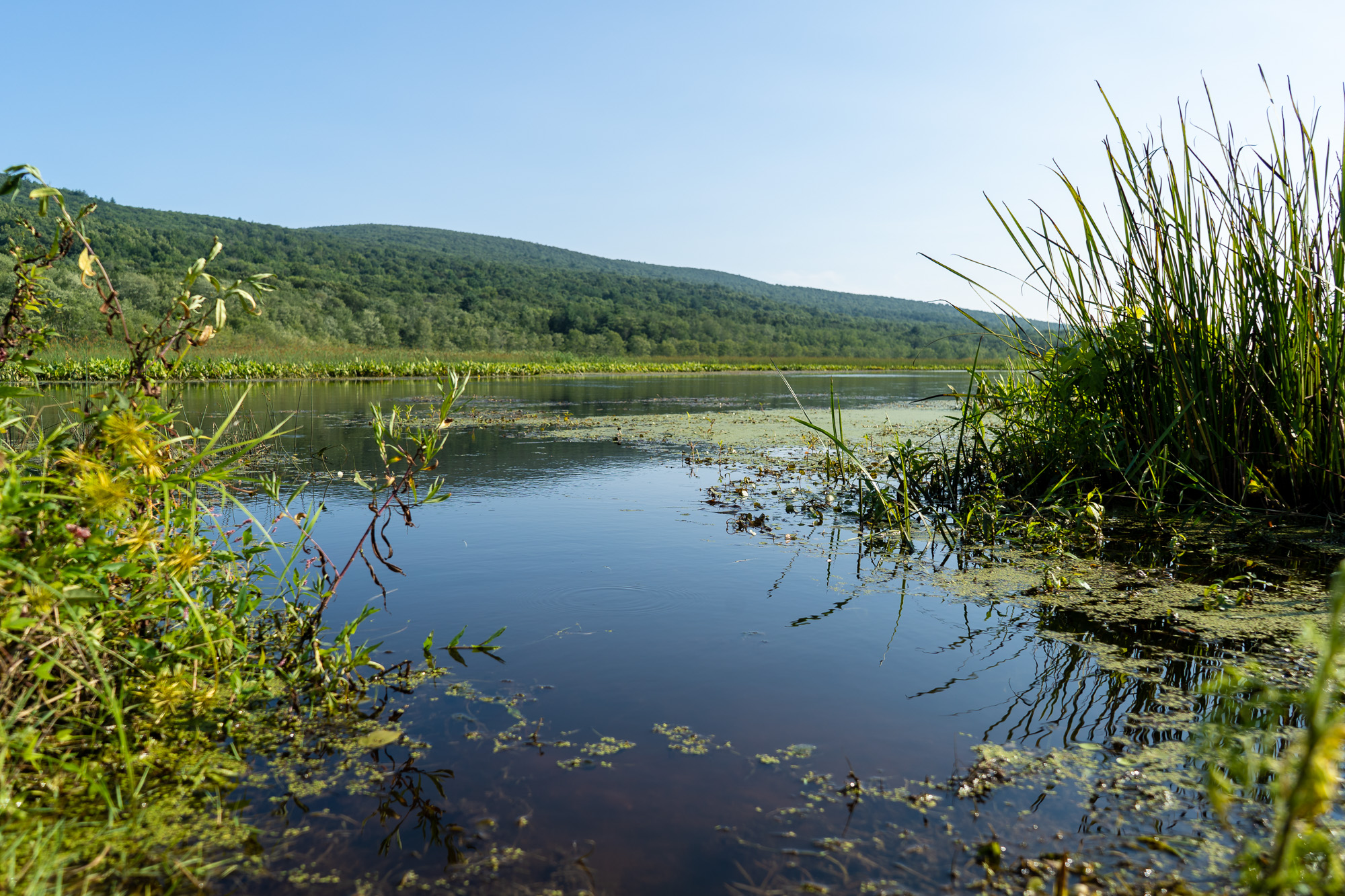
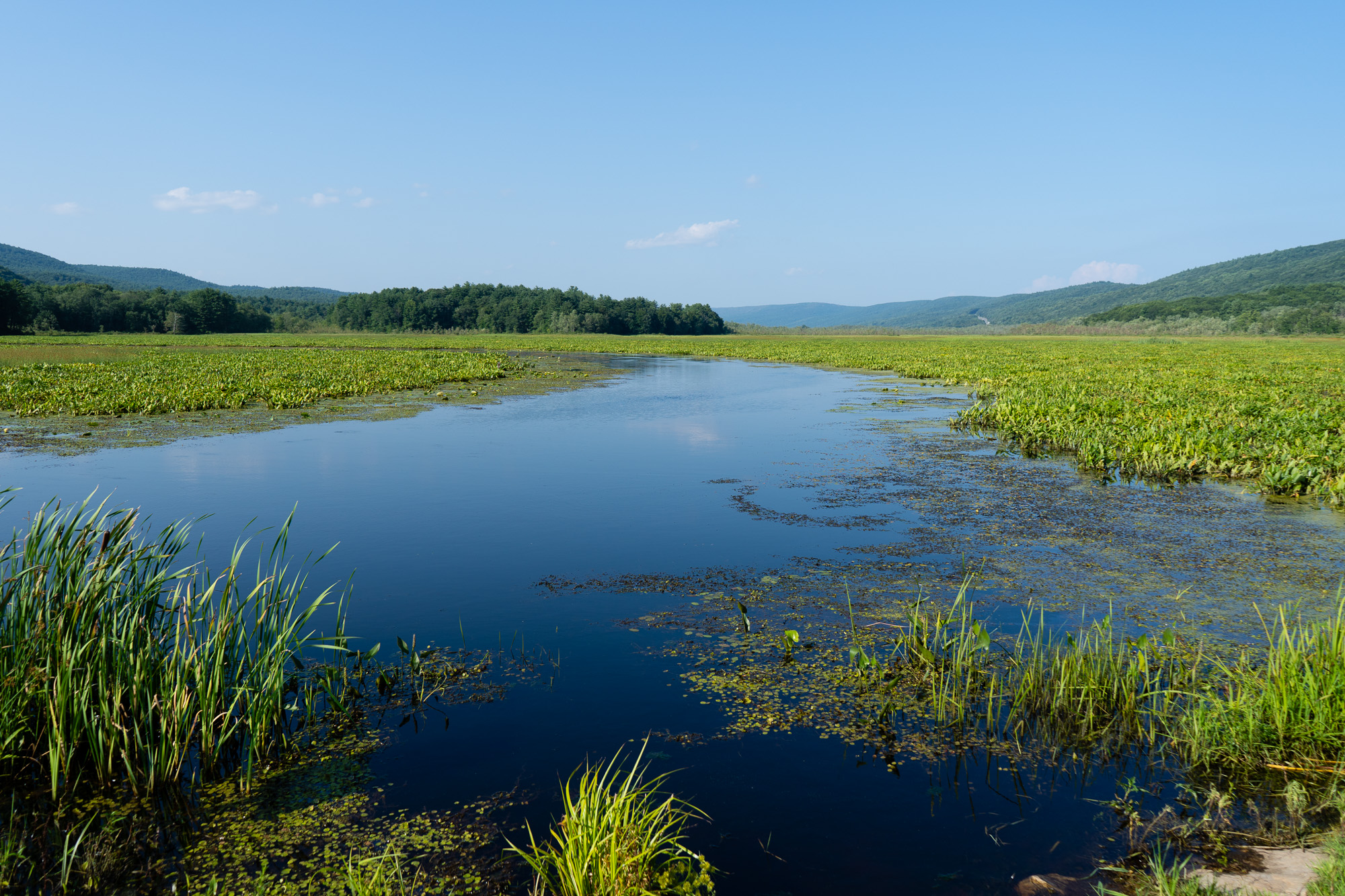
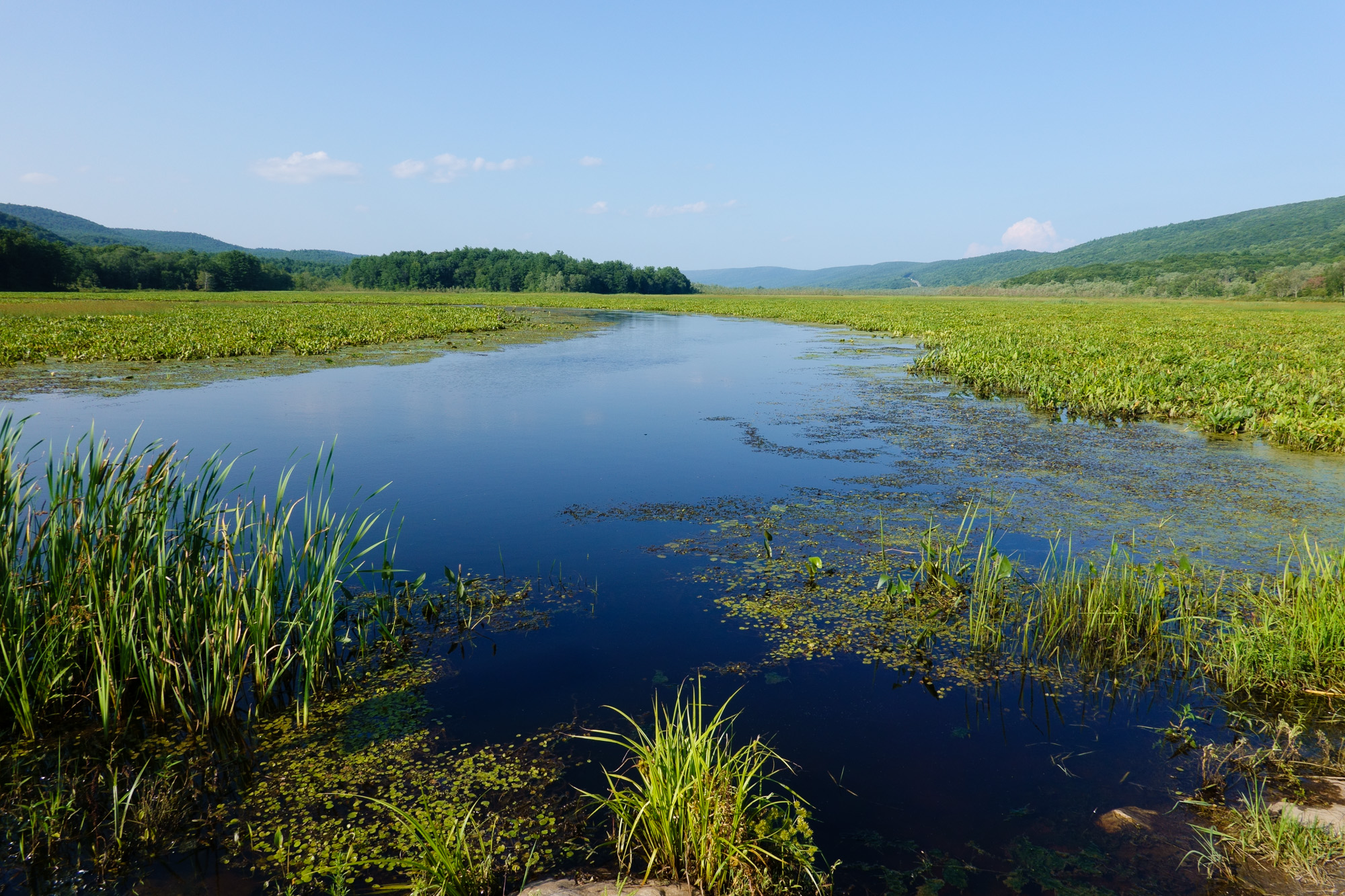
And a few more from the Basha Kill…
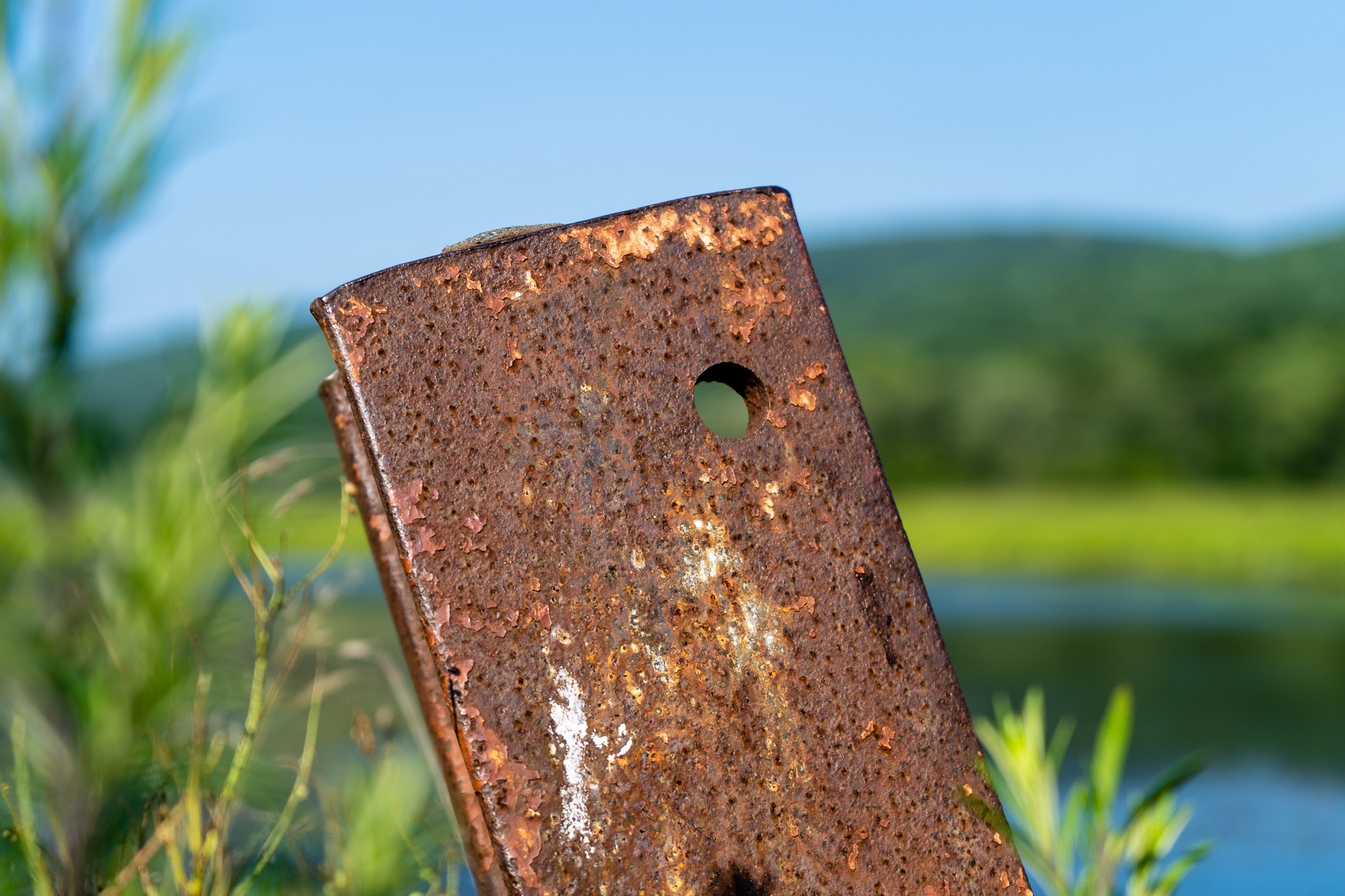
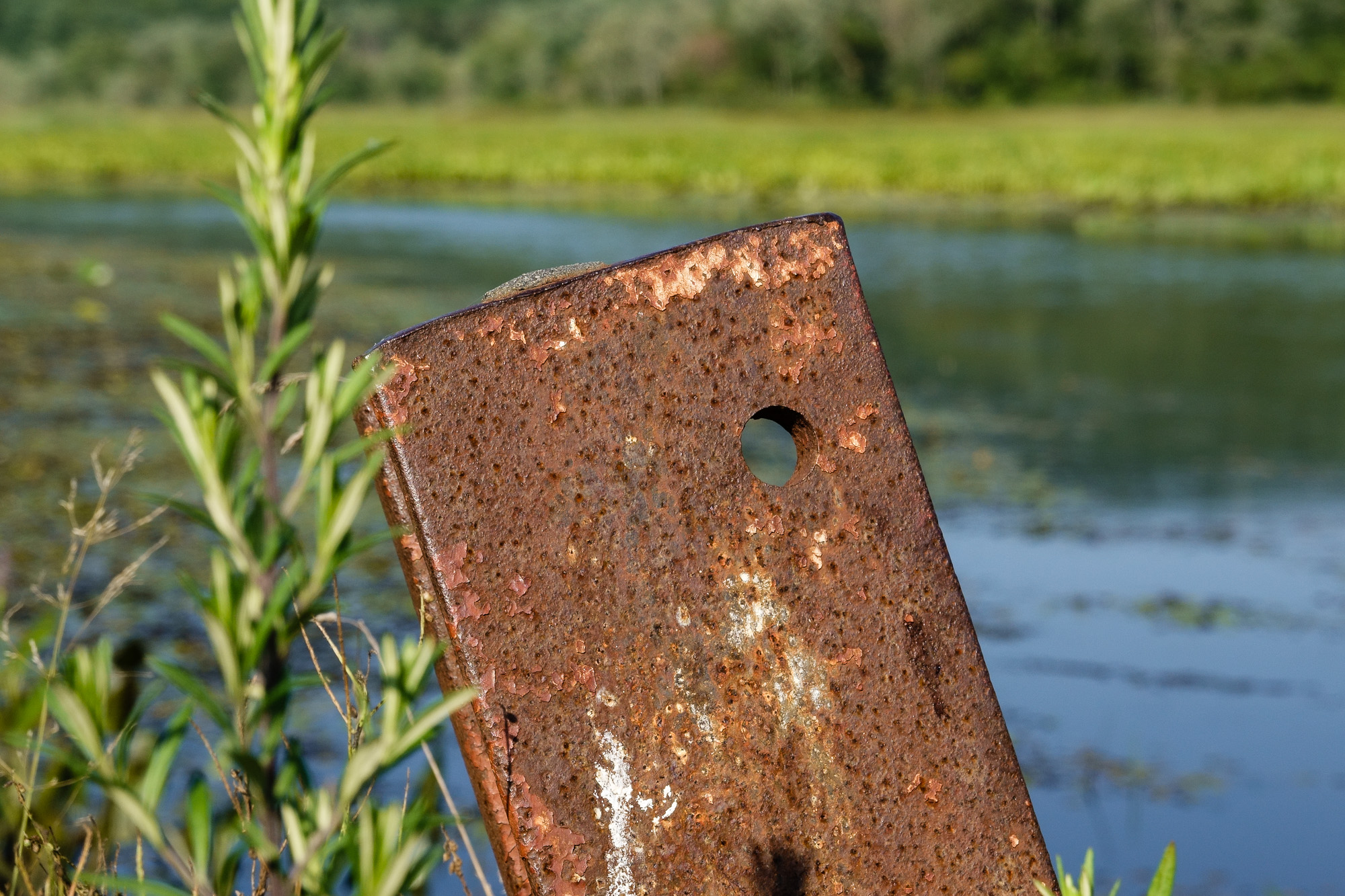
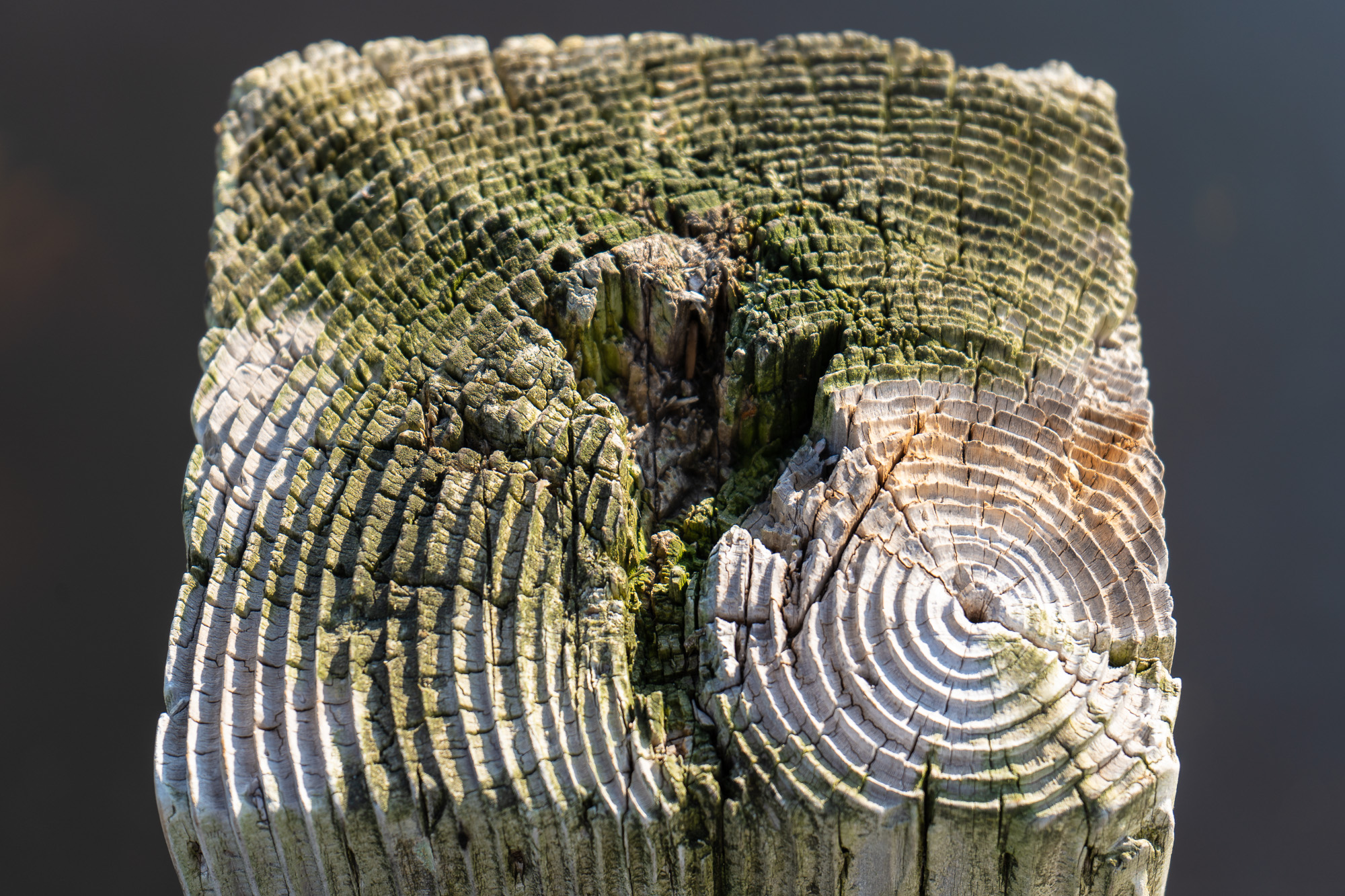
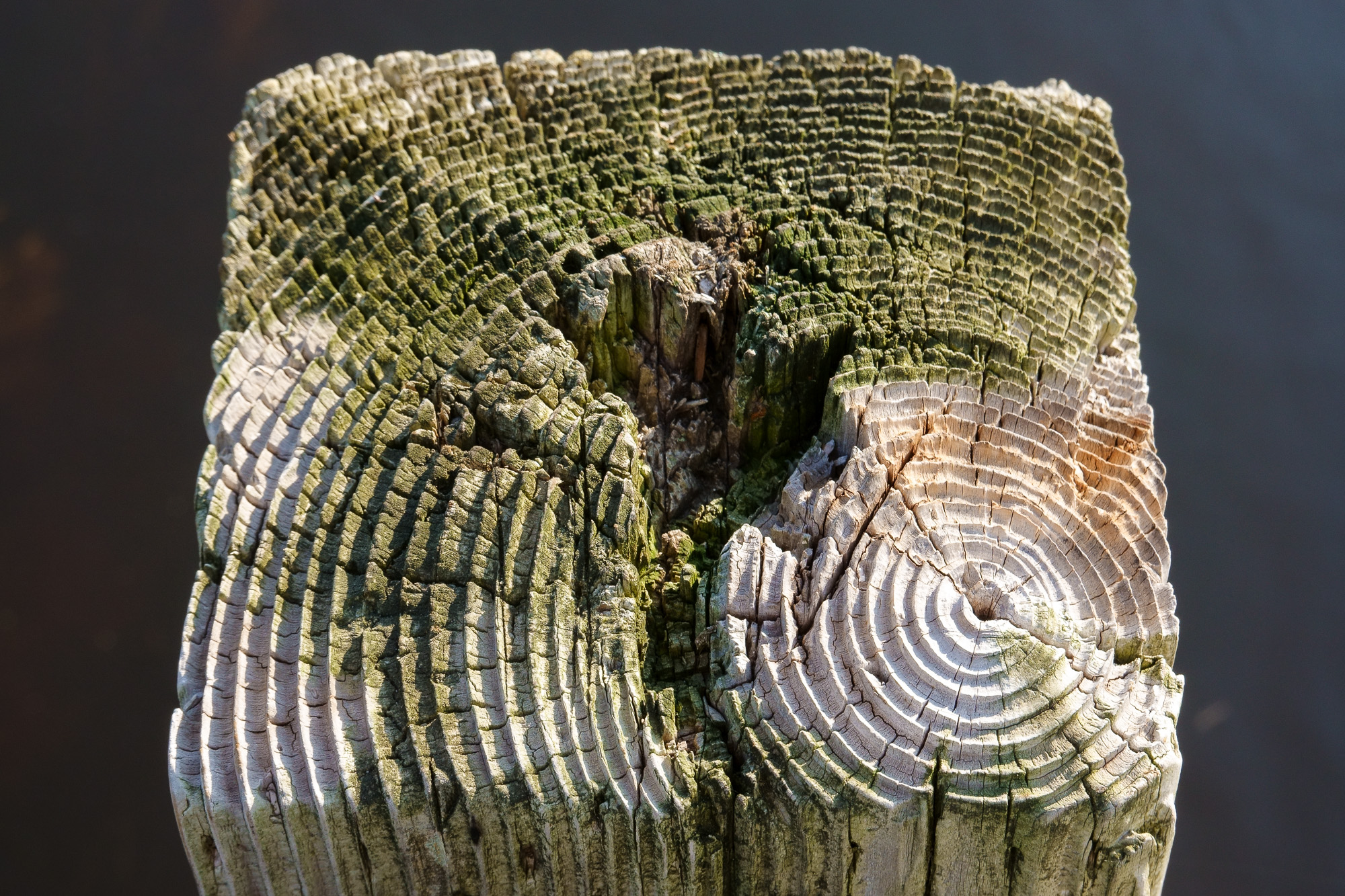
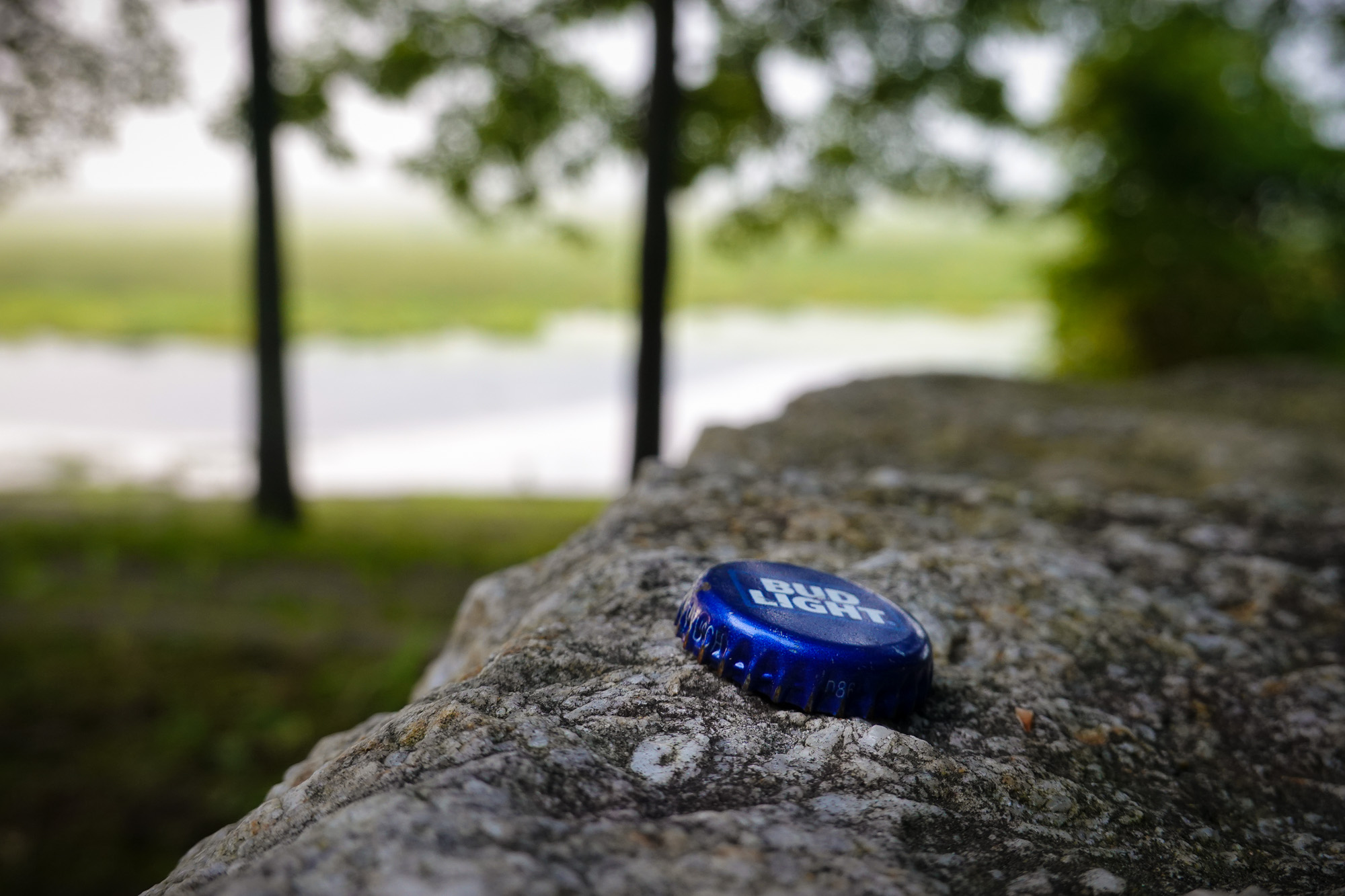
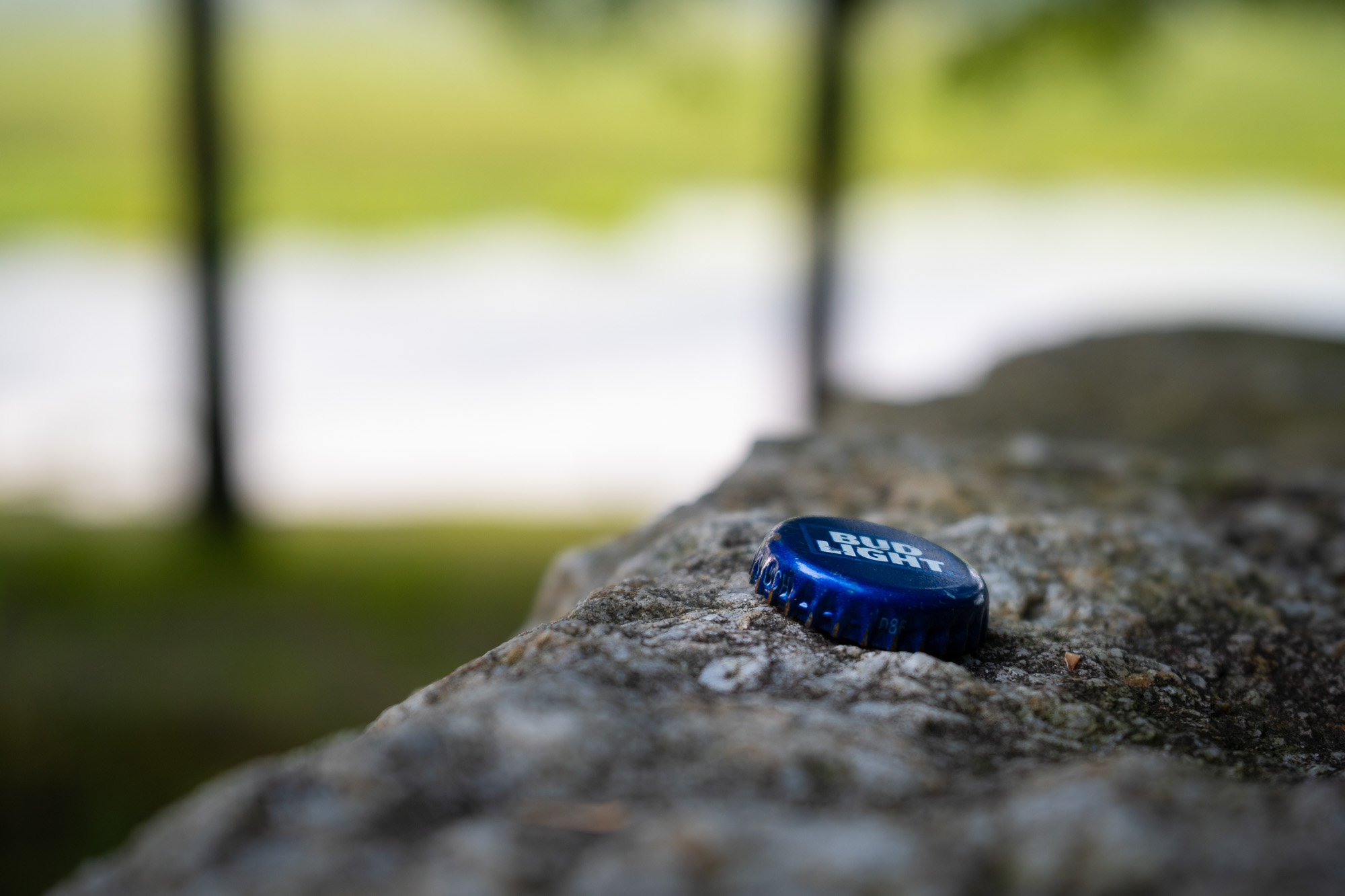
Sunrise Shots:
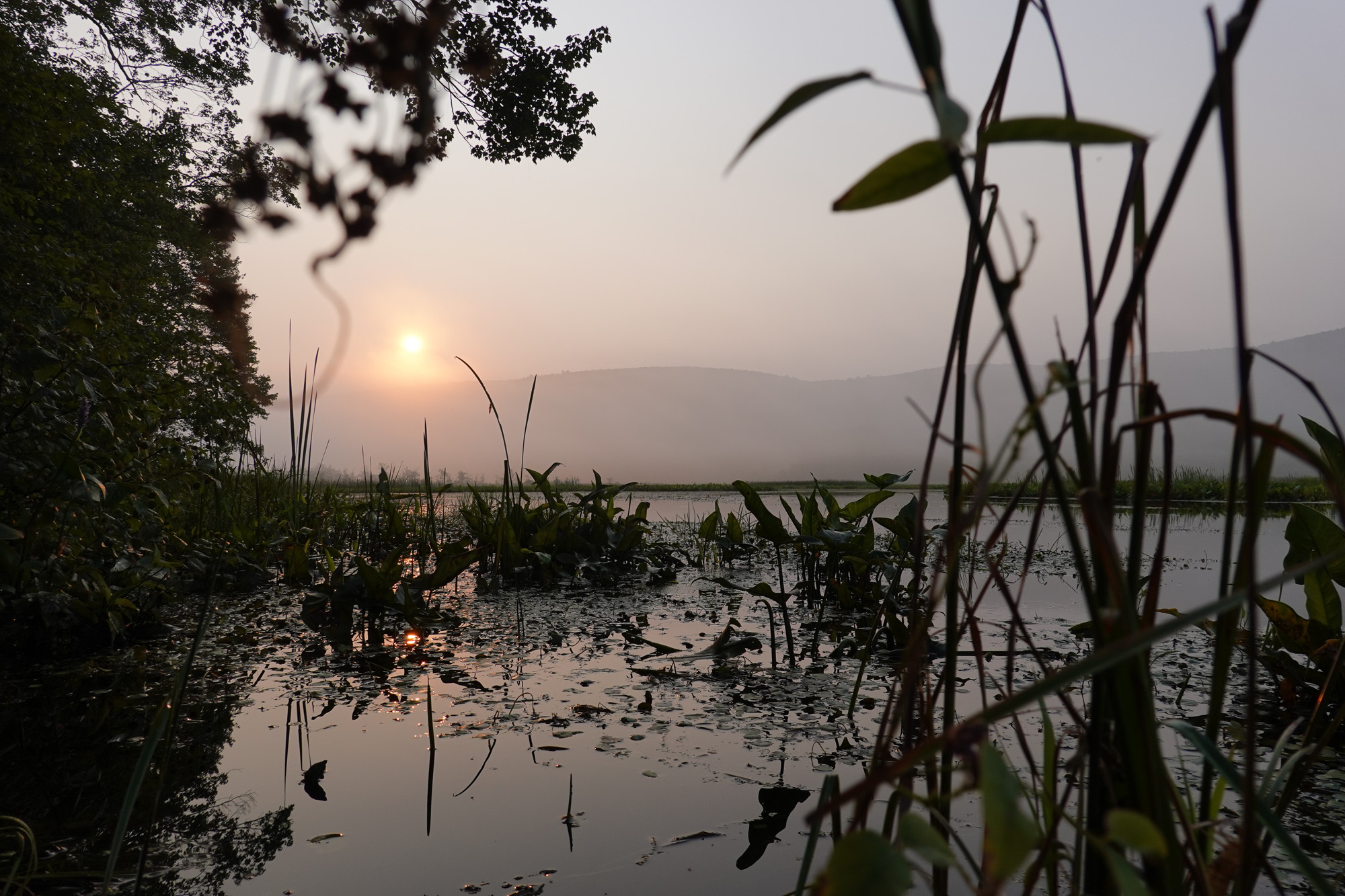
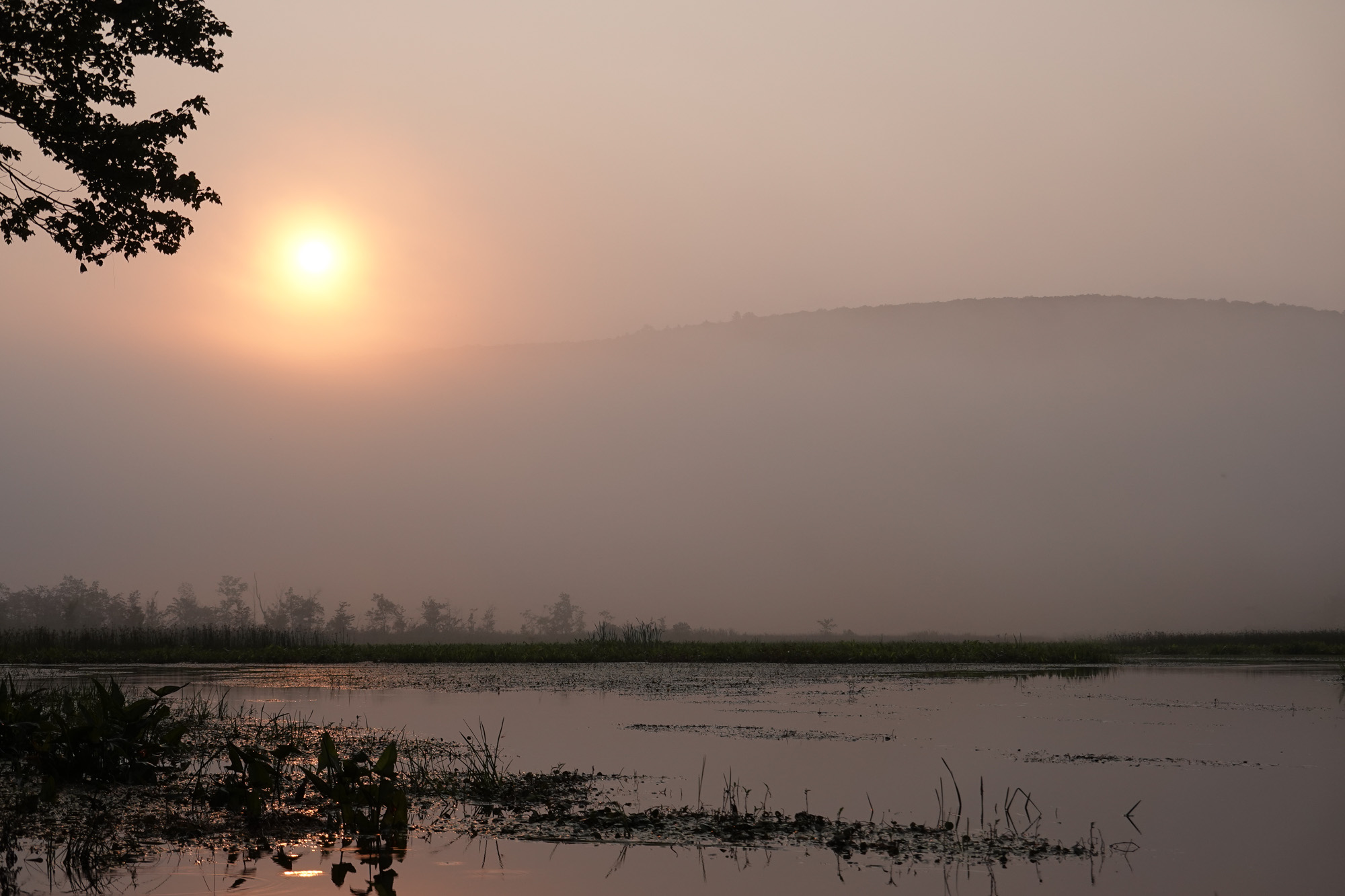
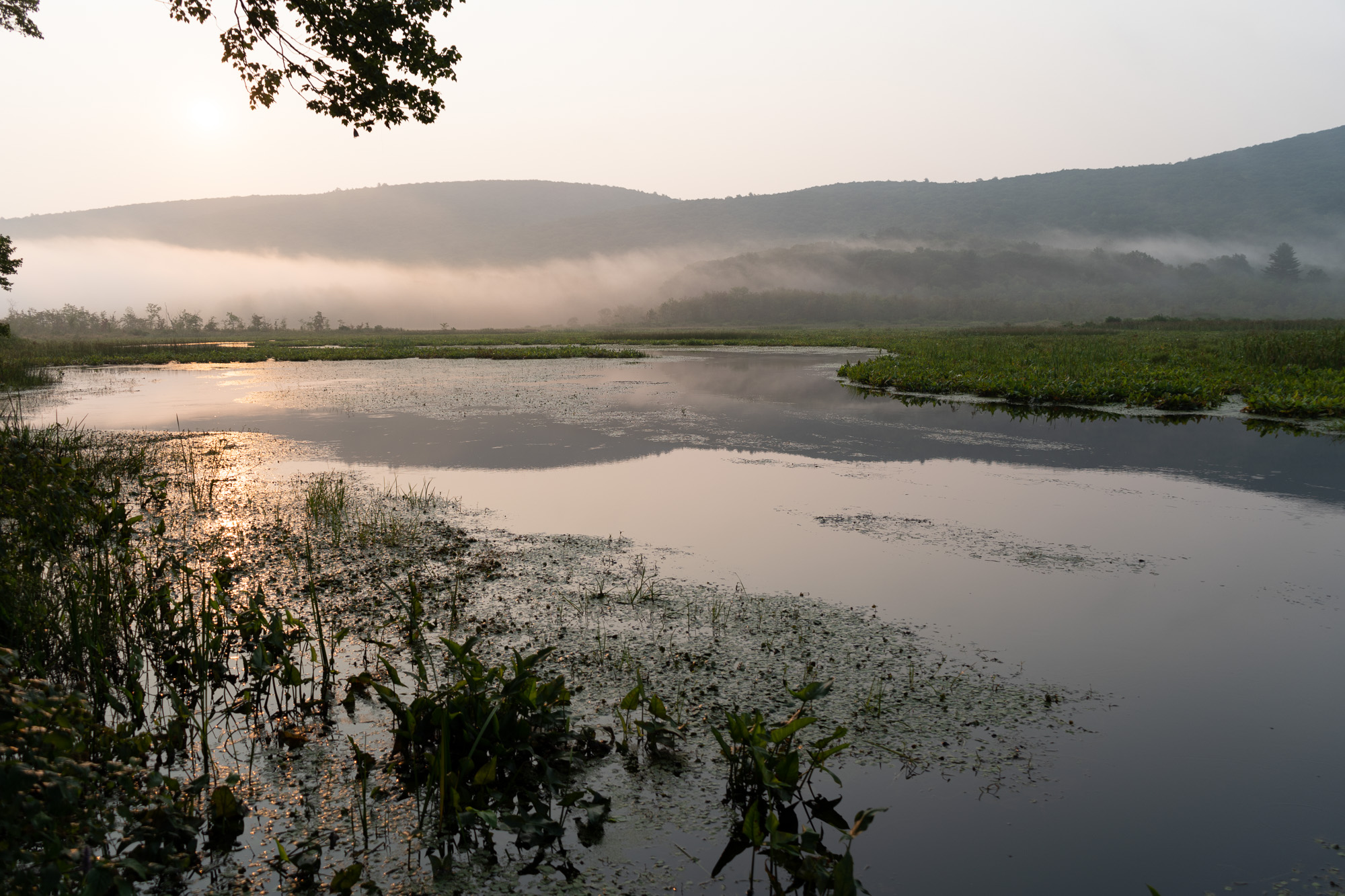
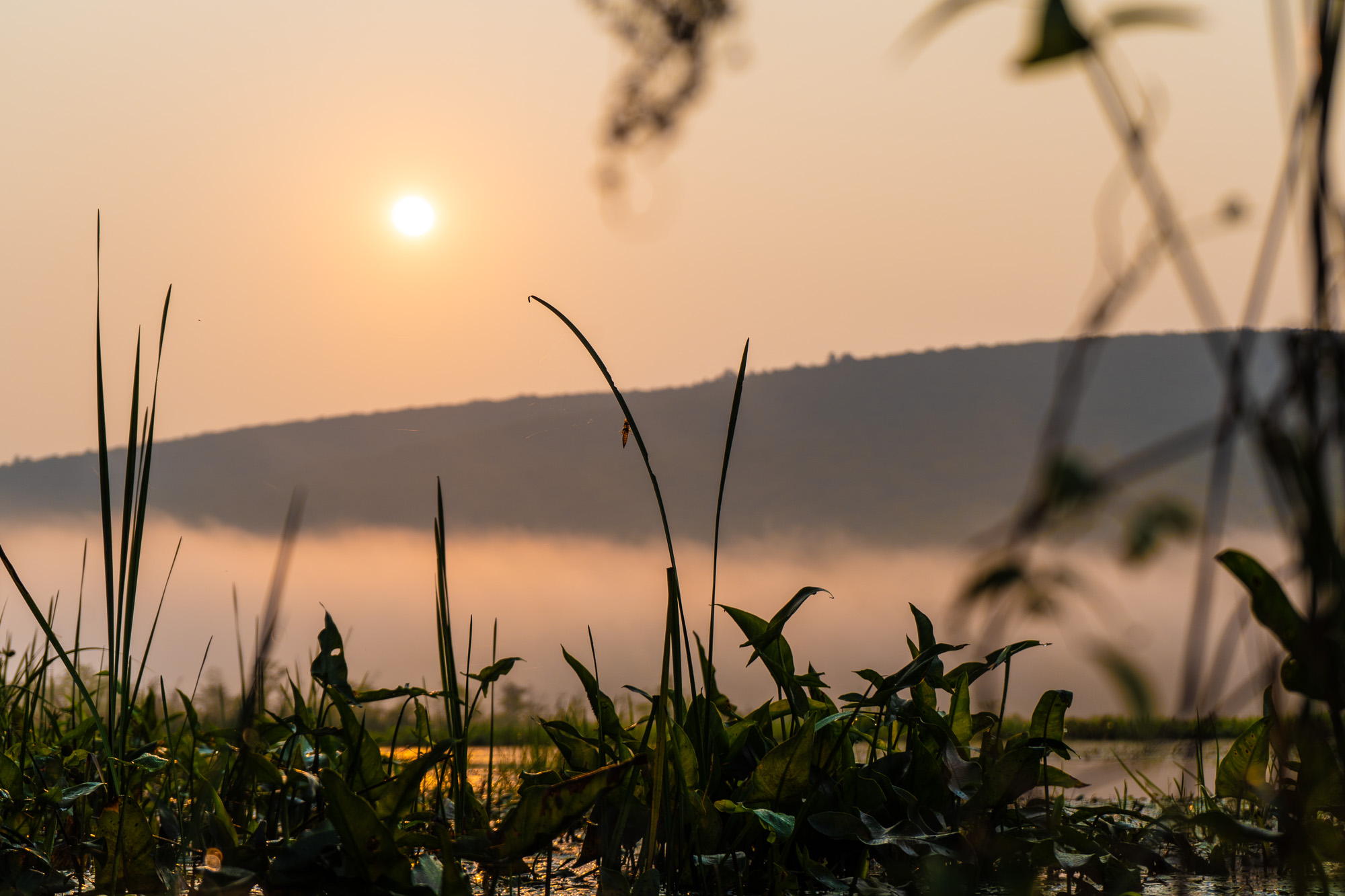

Update: More Photos from Goshen, NY
Looking out the car window here so you can see the different background renderings with maximum out of focus bokeh blur effect.
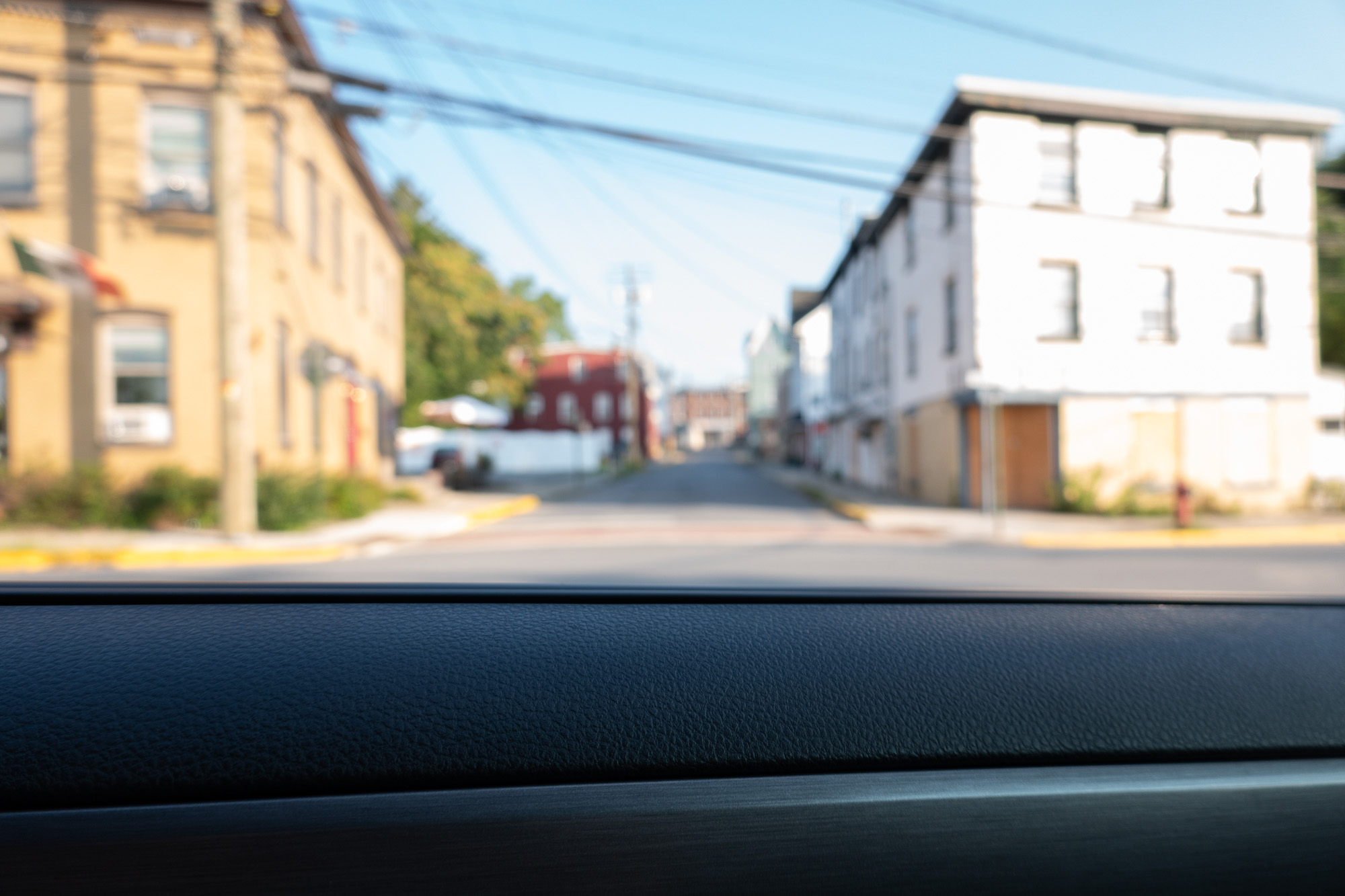
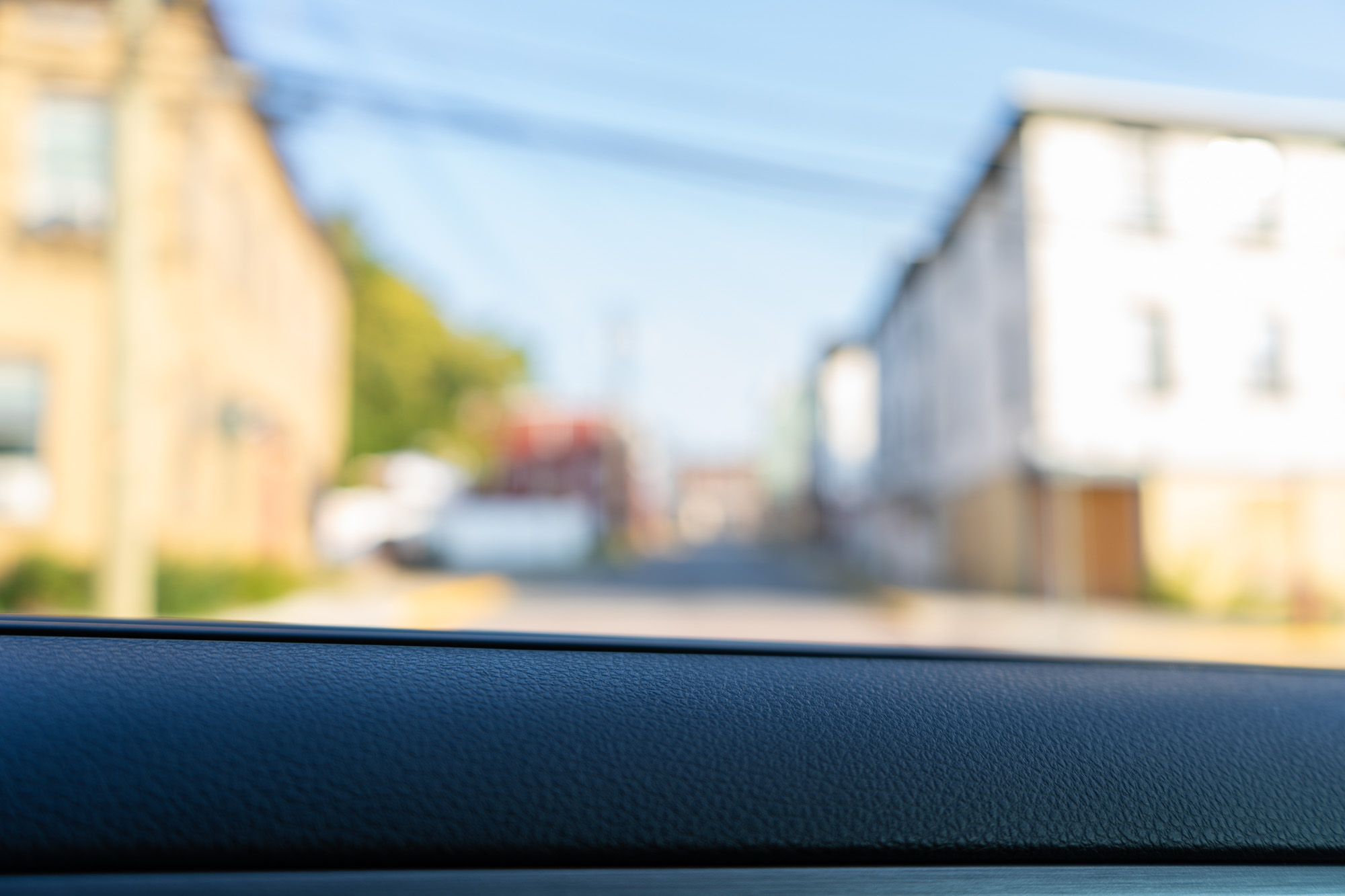
These next two were taken at the widest angle available: 24mm vs 28mm
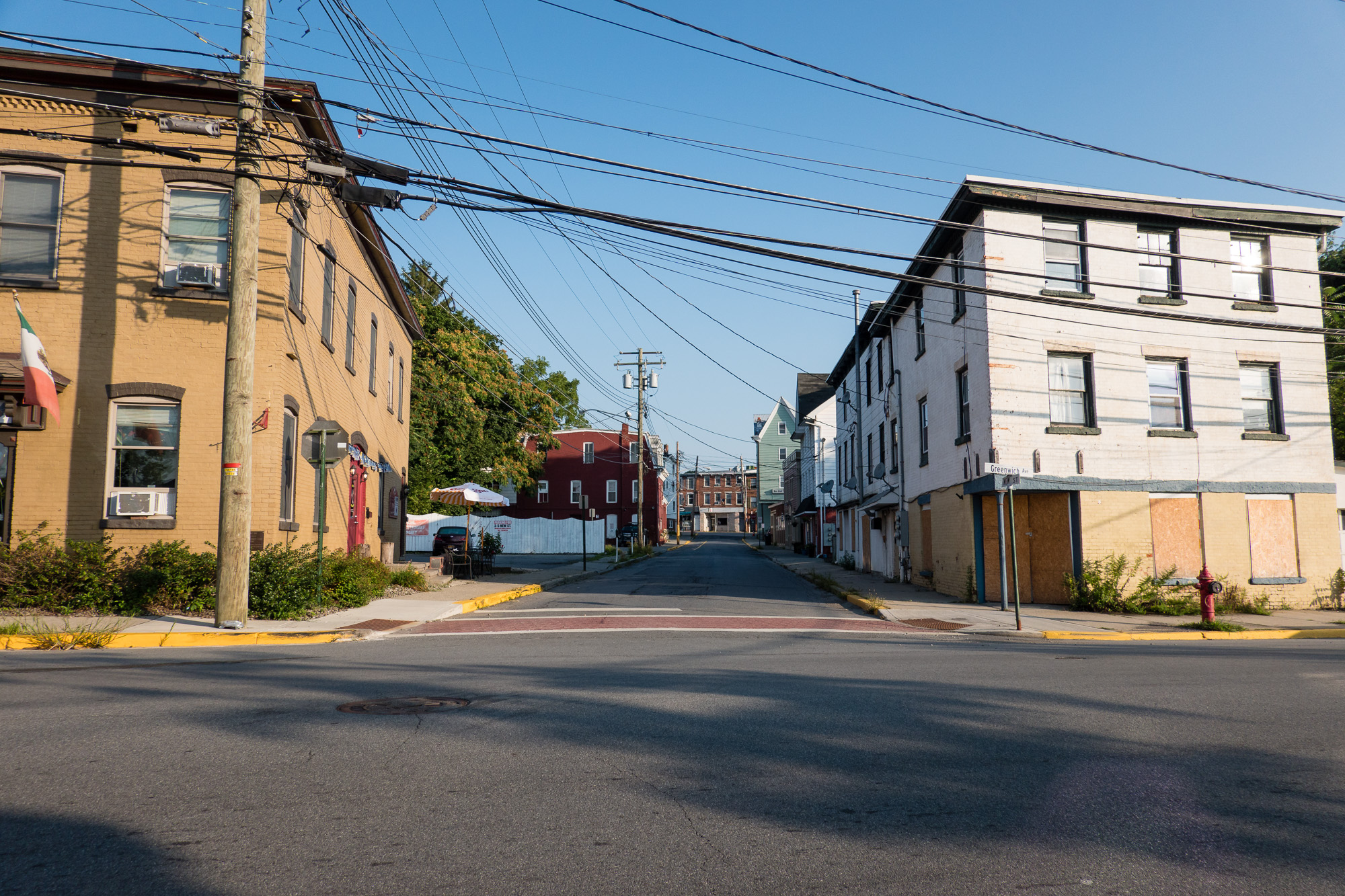
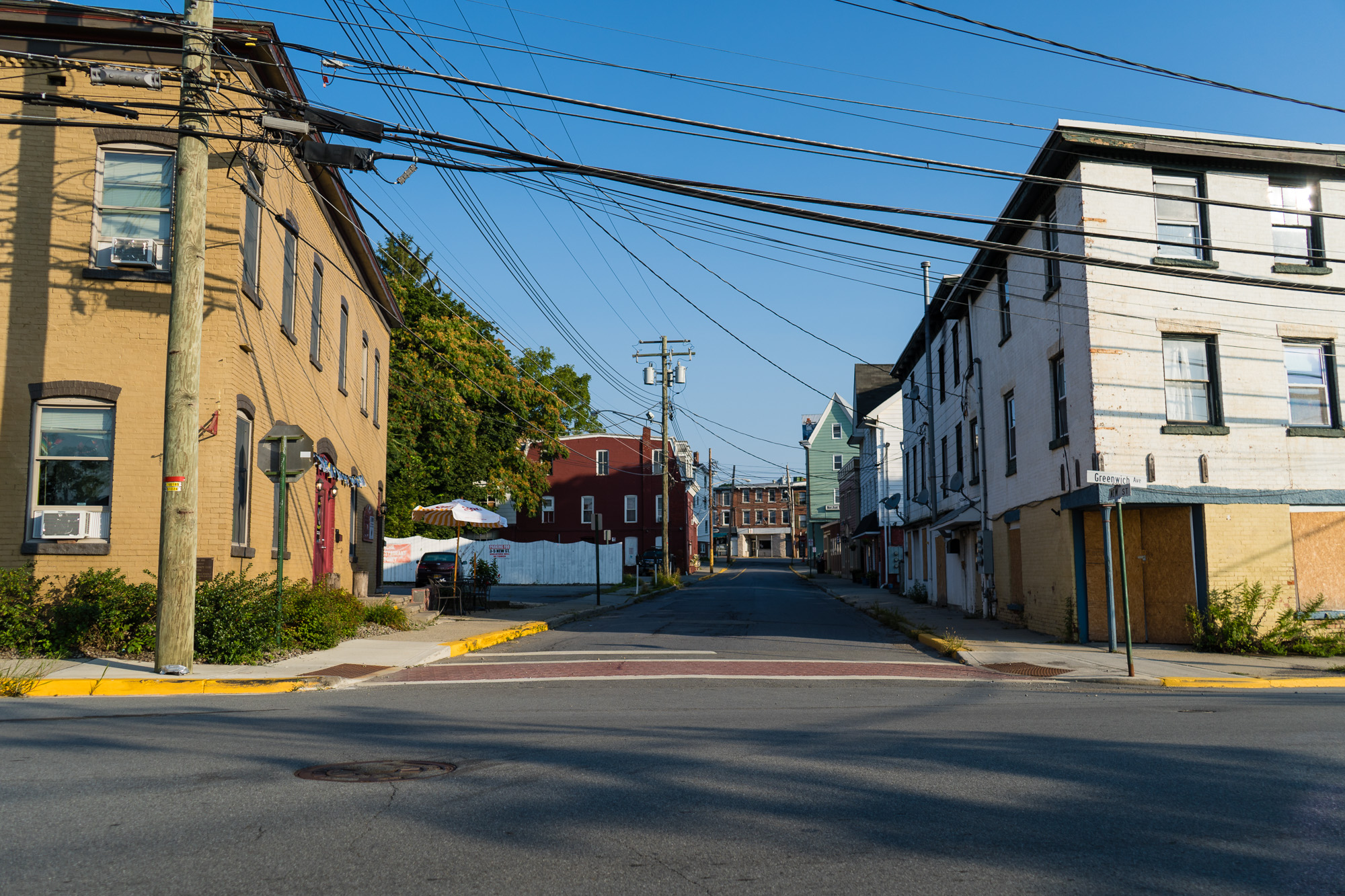
And these next two were taken at Max Zoom: 200mm vs 70mm

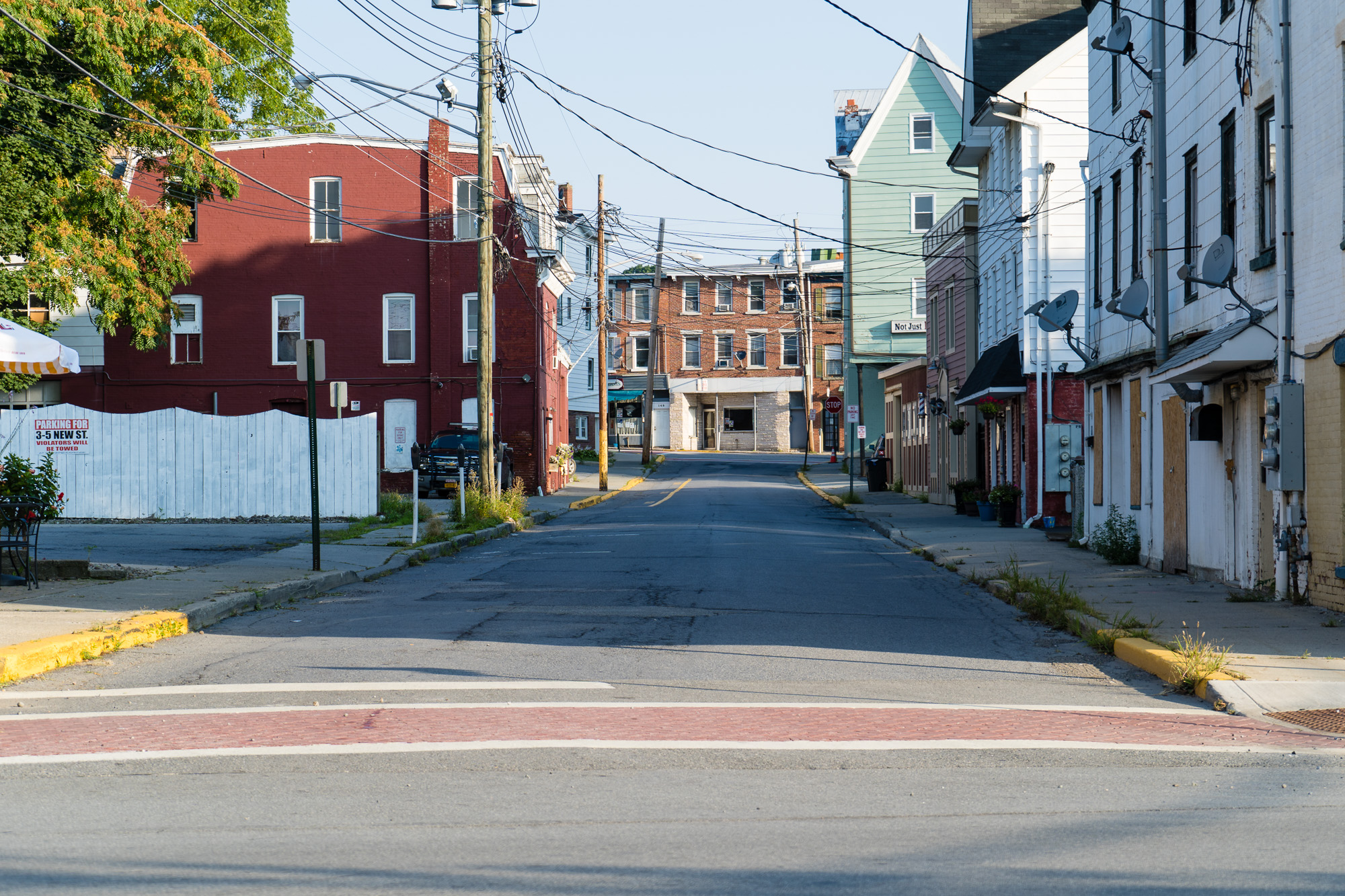
These were also taken at Max Zoom
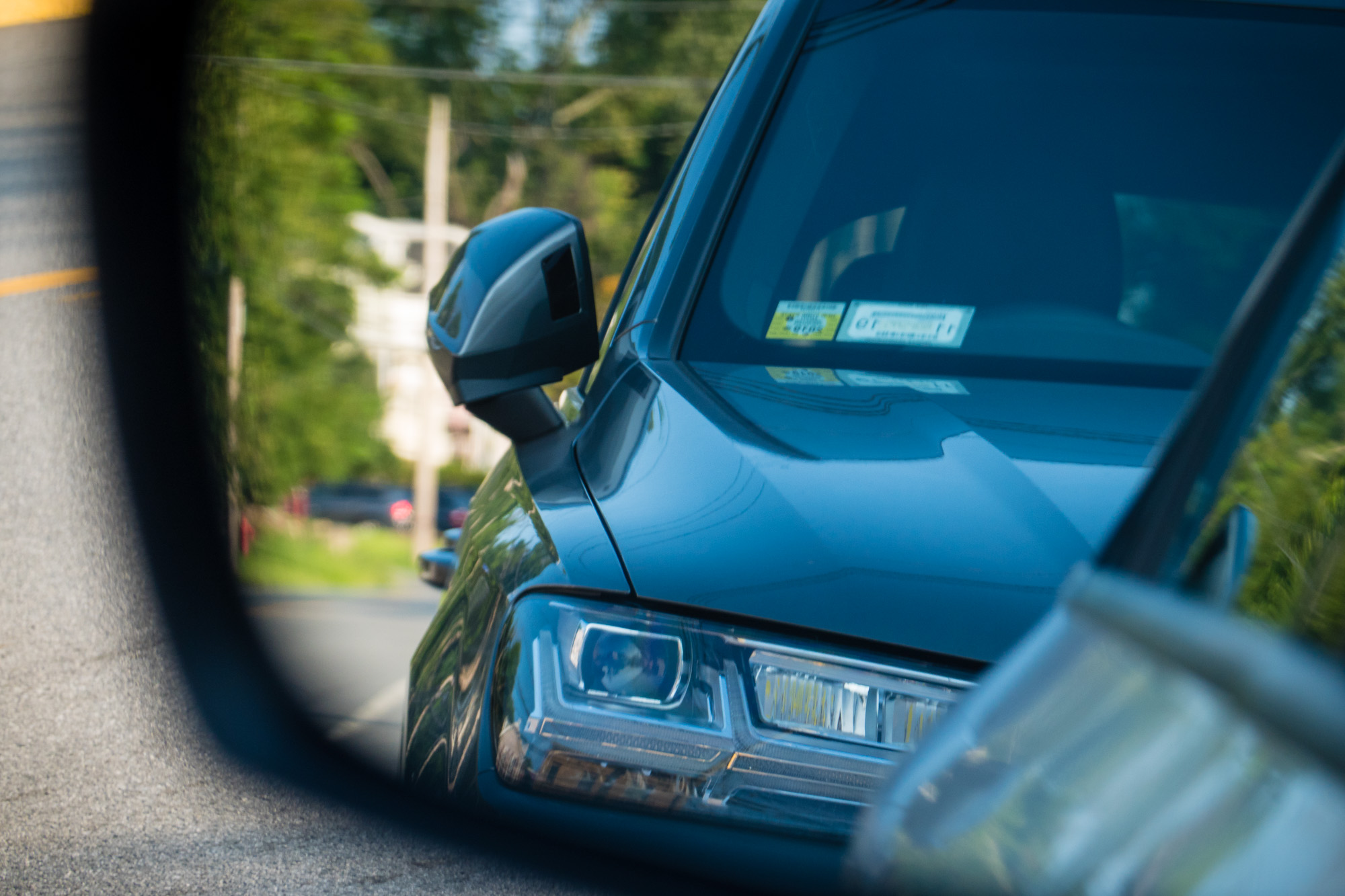
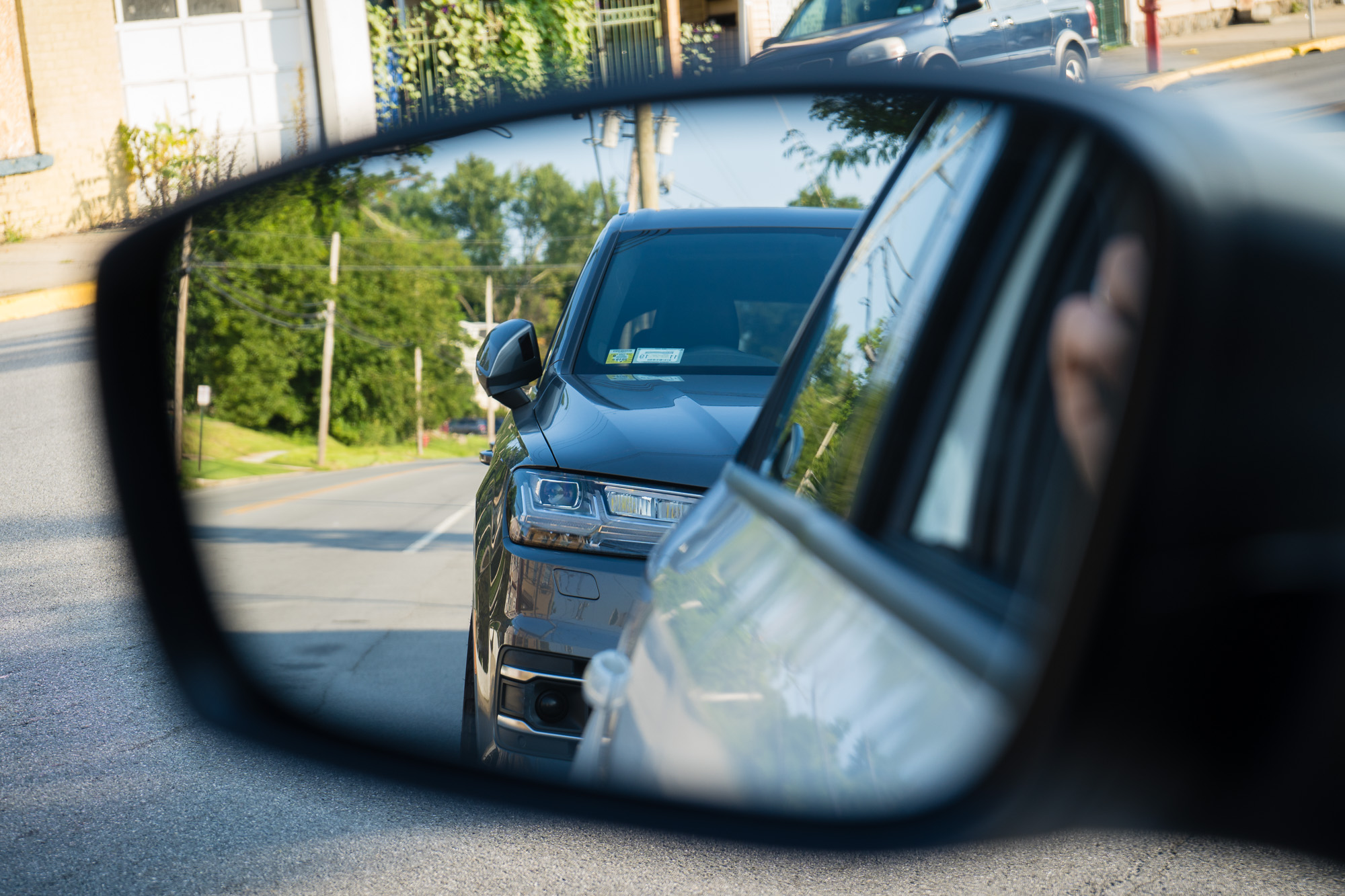
Ok, so after looking at these comparison photos, you must be thinking something?? The image quality overall is a lot closer than you might have thought perhaps?? Maybe not? Please tell me below!!
High ISO/ Low Light
So the RX100 VI maxes out at ISO 12800, where the Sony A7 III goes all the way to ISO 204800. Thanks to the latest 24mp full frame sensor, the A7 III has a gigantic advantage in this area in particular. However, the RX100 VI is still really good by todays standards when compared to most cameras, and especially cell phones!
Here are two sample photos of the same scene using the same settings (ISO 12800) on each camera. Just note the incredible difference in detail captured by the A7 III.
Be sure to check out the full reviews of both these cameras for a more detailed analysis of each cameras capabilities…
* I cropped in a lot on these two photos so the fine detail is easier to see.
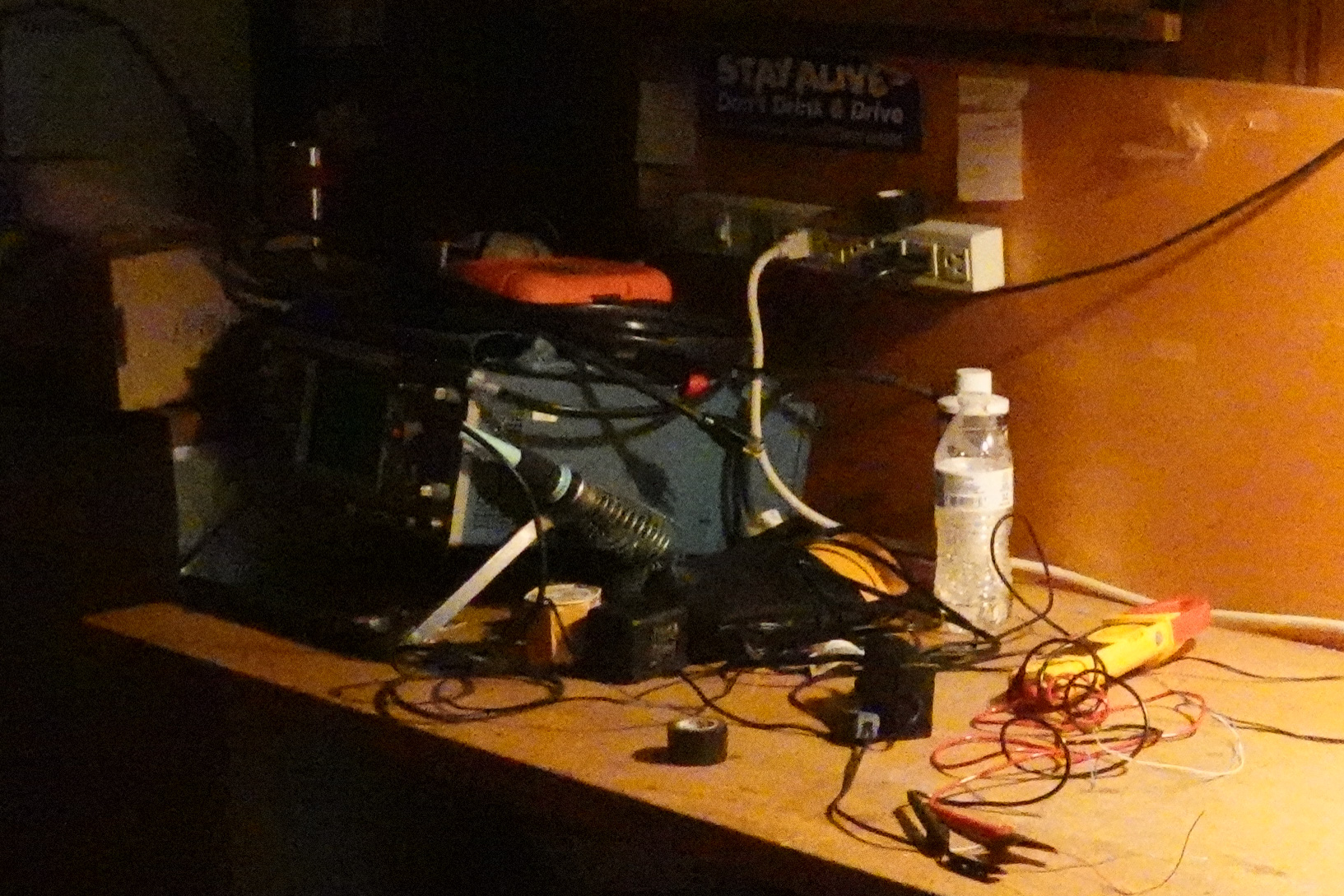
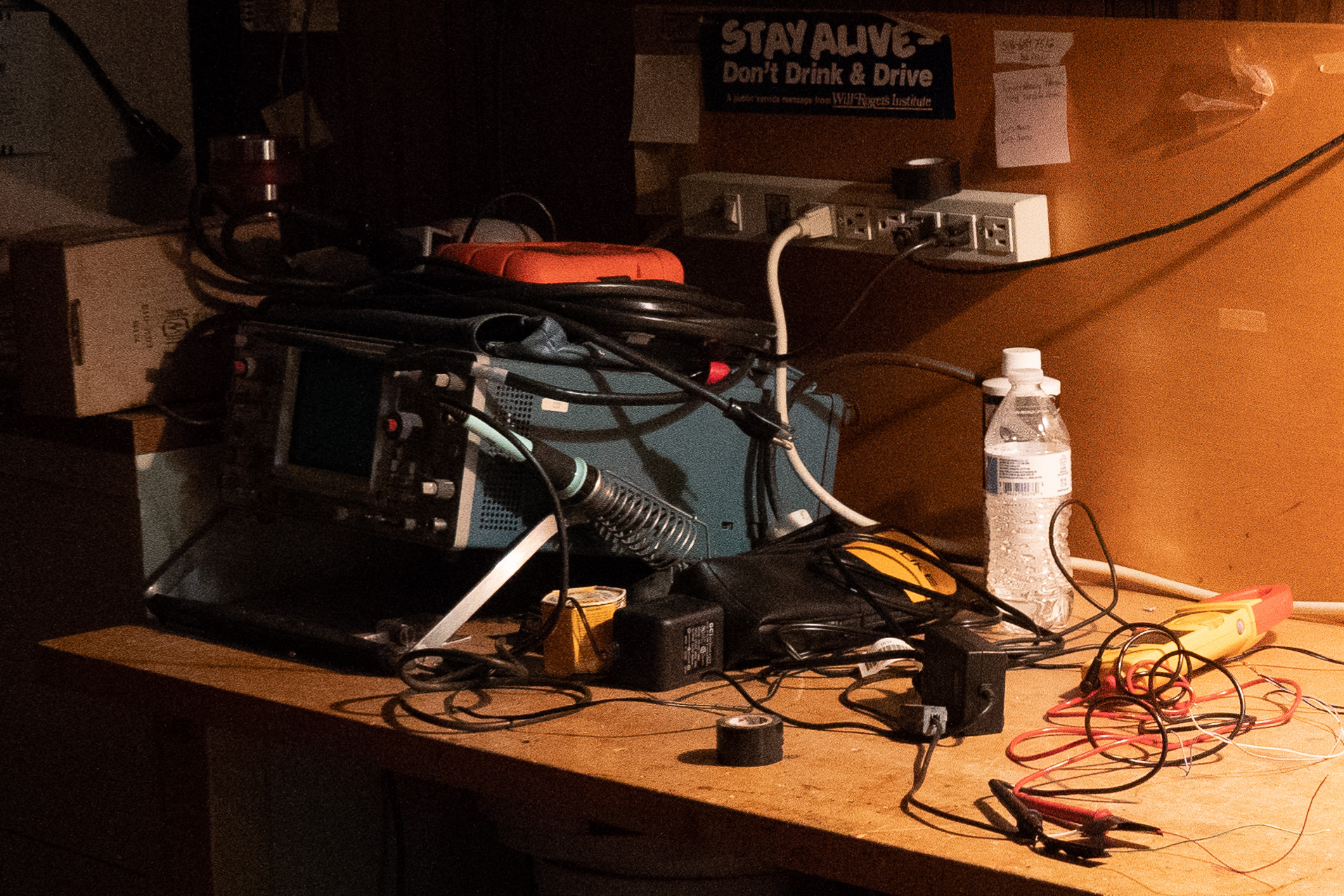
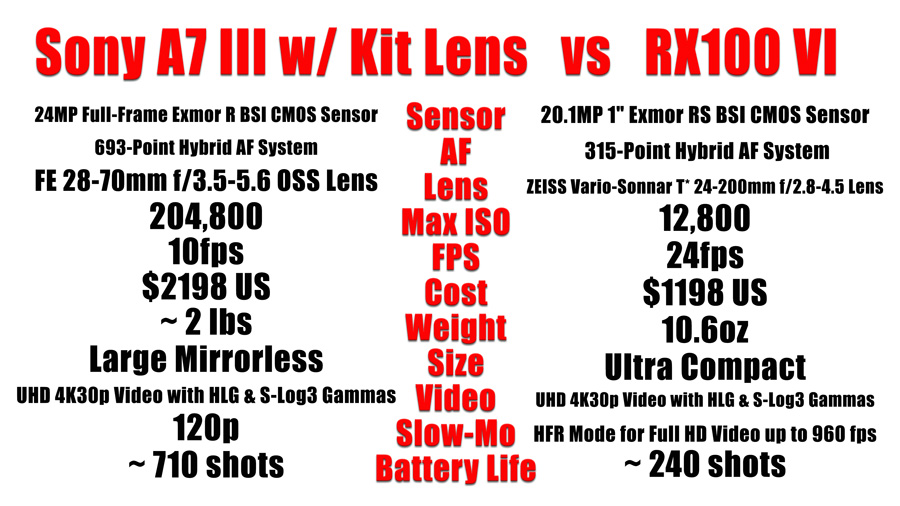
Conclusions
So clearly the RX100 VI has some significant advantages over the A7 III, but the A7 III also has some huge advantages over the RX100 VI.
The point of this article was to make crystal clear what those differences actually are, so you can make an informed decision on your camera requirements. What are you planning to do? How good image quality do you really need, and at what cost are you willing to bare? The A7 III has that special magical full frame 3D look that you just don’t get with the smaller sensor RX100 VI, but when taking landscape style shots for example, the difference is really not that apparent.
If you have not owned a larger camera lie the A7 III, then do yourself a favor and carry a brick around for a few days to see if you can deal with it! Don’t mind the brick? The The A7 III will not be a problem for you! If you despise the brick after a day or two, then I highly recommend trying out a smaller large sensor camera like the RX100 VI instead. If after a year you are still longing for the full frame A7 III, then perhaps it’s time for an upgrade, or companion camera. I would just highly recommend starting small if you decide to jump into the photography pond! Remember, it’s about the real world results with the least burden possible for most people. Professionals are operating as a business, so that burden is expected, but for an enthusiast that burden is not a requirement for great results!
If this article got you thinking about how good the Sony 1″ Sensor actually is, then you should really look at the RX10 IV which I reviewed here >> The Sony RX10 IV is not a small ultra compact camera like the RX100 VI, but it has the same sensor, is insanely capable, even more versatile, and easier to use in my opinion due to the dslr like ergonomics and button layout.
Final Words…
That is about it for this comparison style article. I really hope it helps those in the market for a new high quality camera that are struggling to decide what is best for them and their real world needs. Bigger is not always better depending on your situation/ lifestyle, etc… Food for thought is what I’m trying to say here guys!
Please let me know what you think in the comments area below, and by all means let me know if you think I’m crazy for comparing these two cameras!!
Have questions? Please ask below and I will be happy to answer as best I can!
Thanks and have a great day,
Jay
Learn Even More about the Sony A7 III and RX100 VI using the links below:
– Sony A7 III w/ Kit Lens for $2198 @ BHPhoto
– Sony RX100 VI for $1198 @ BHPhoto

